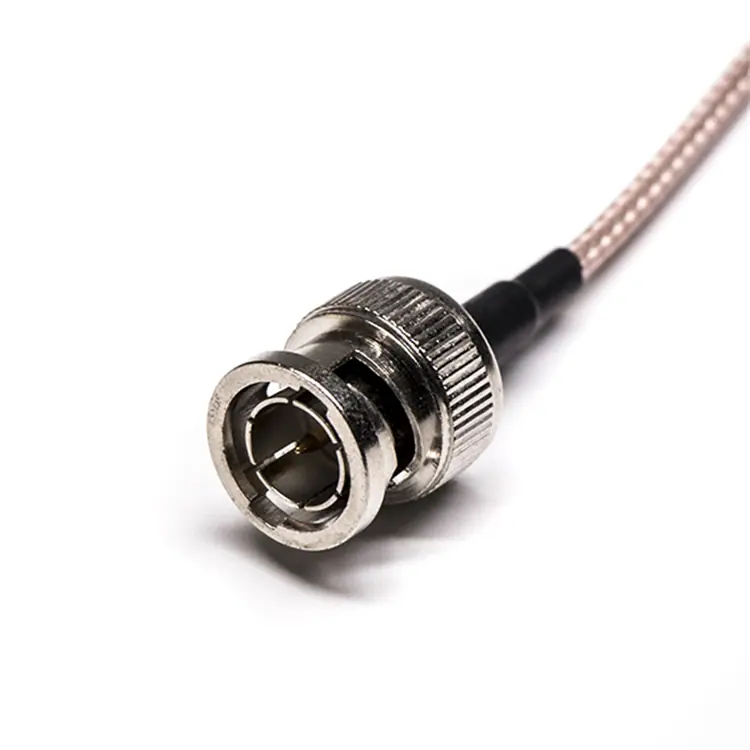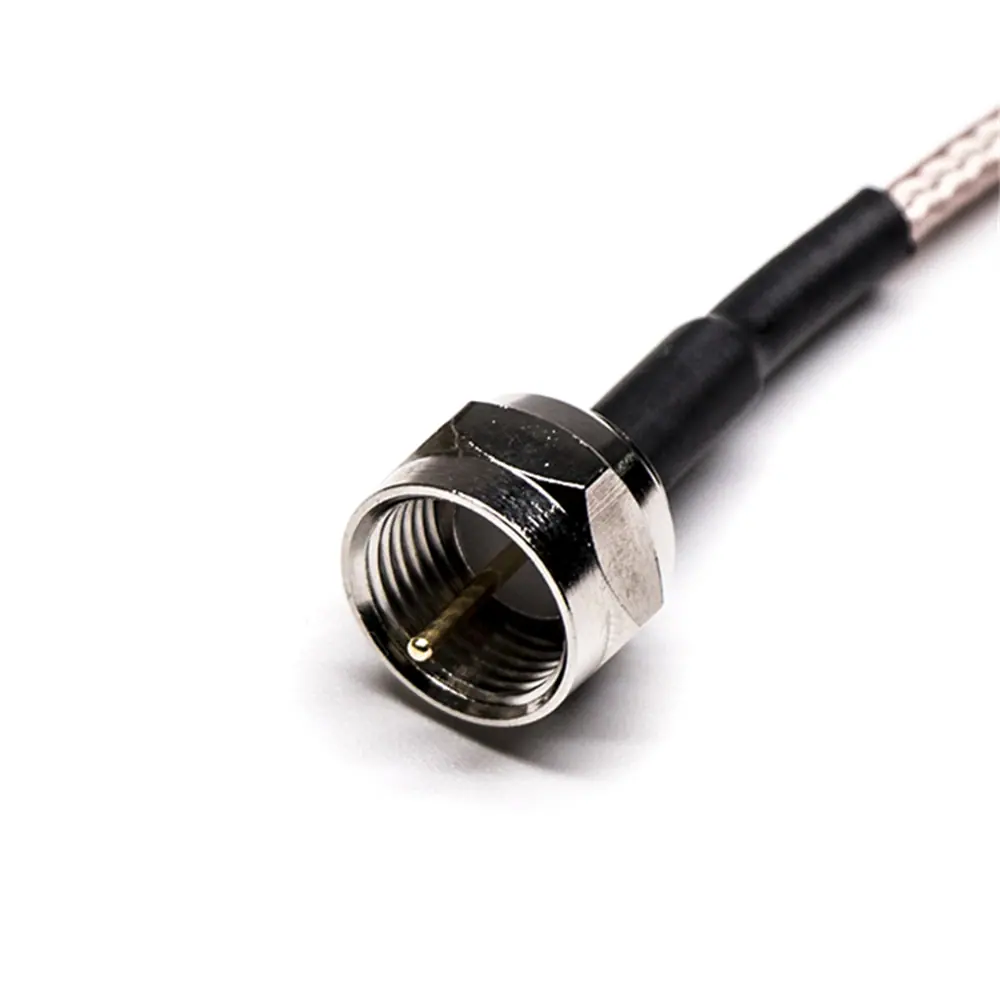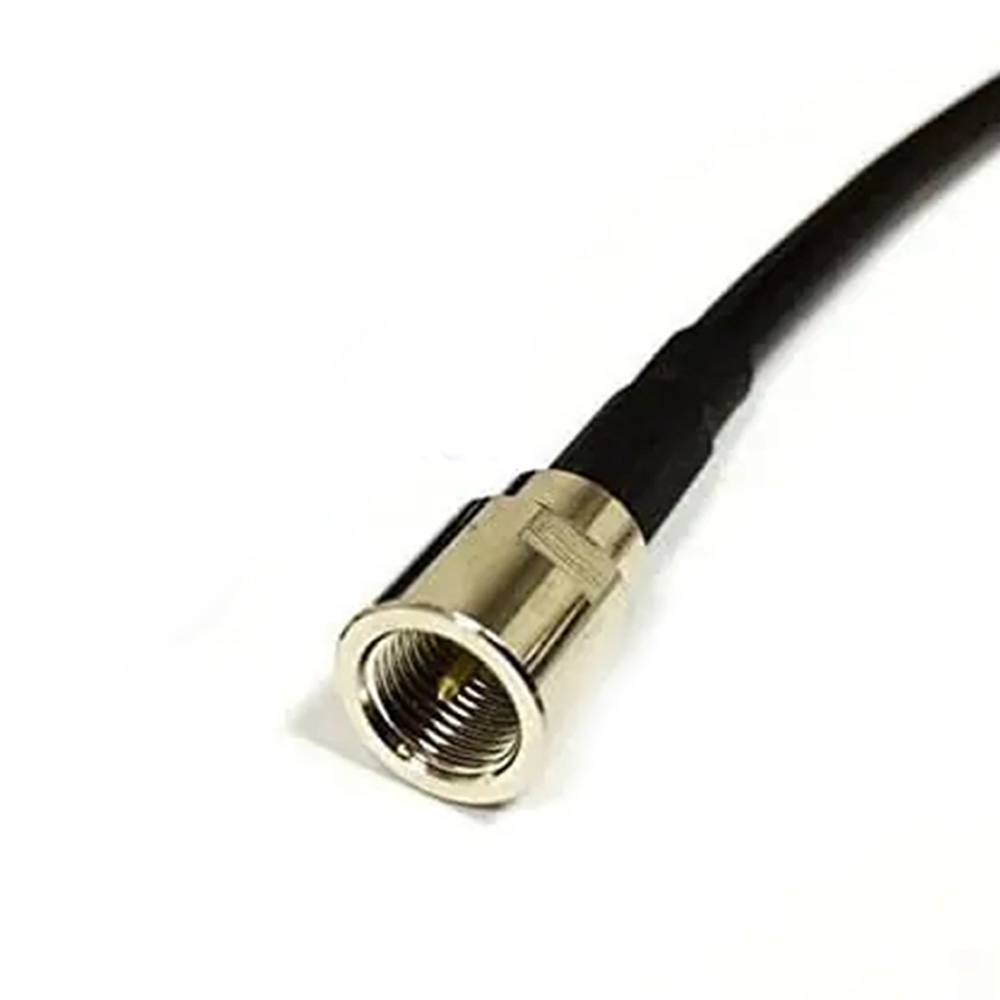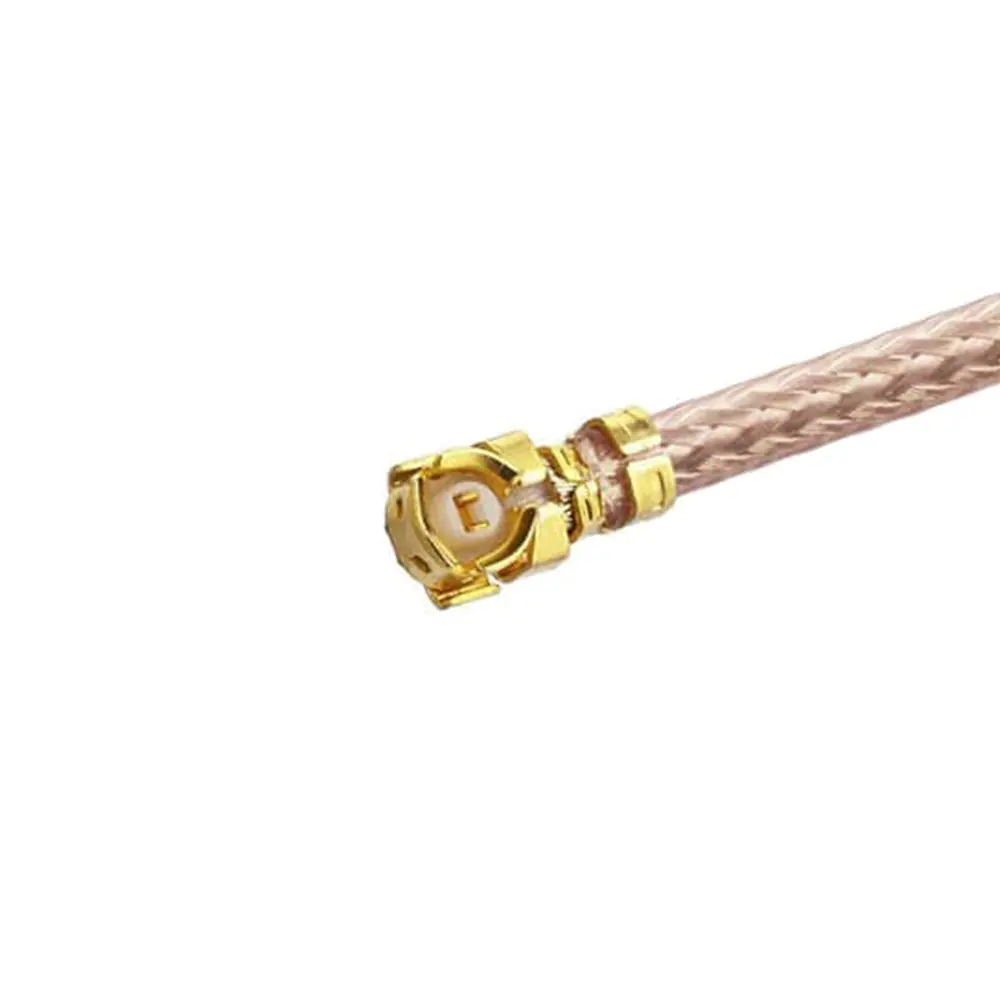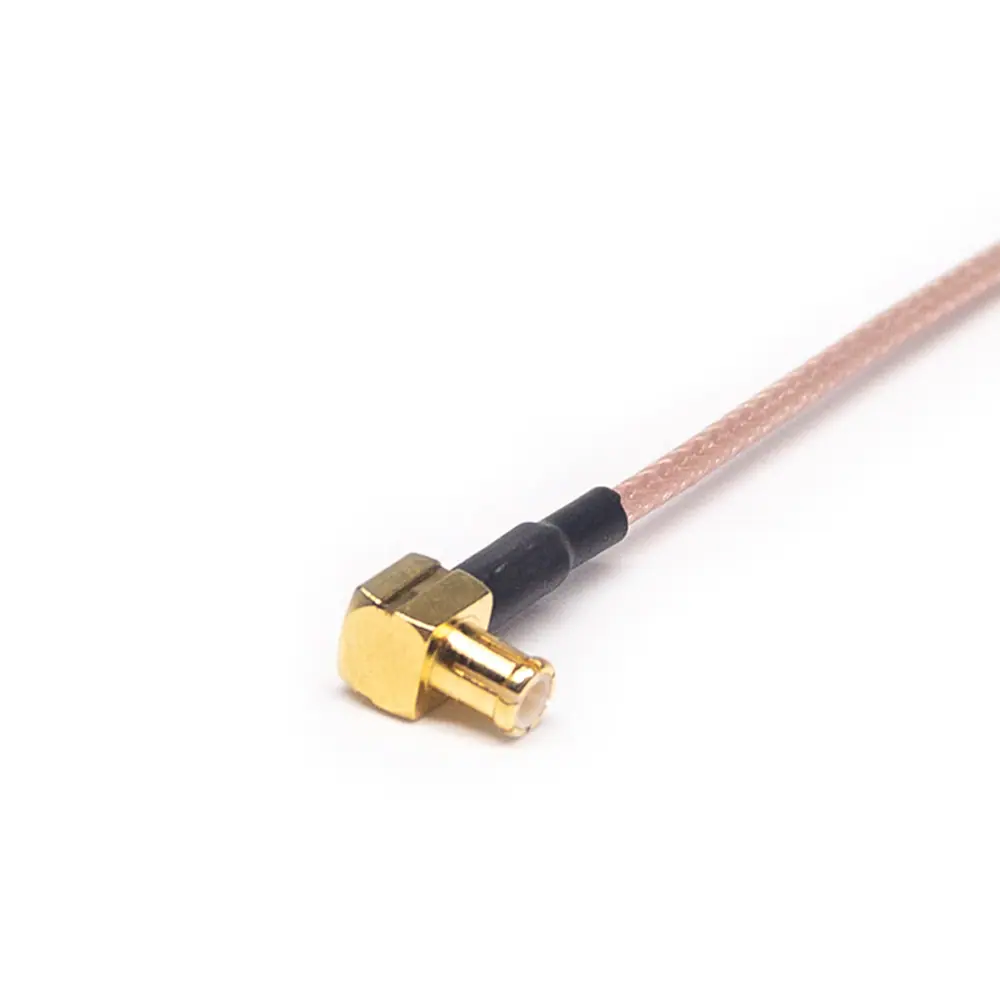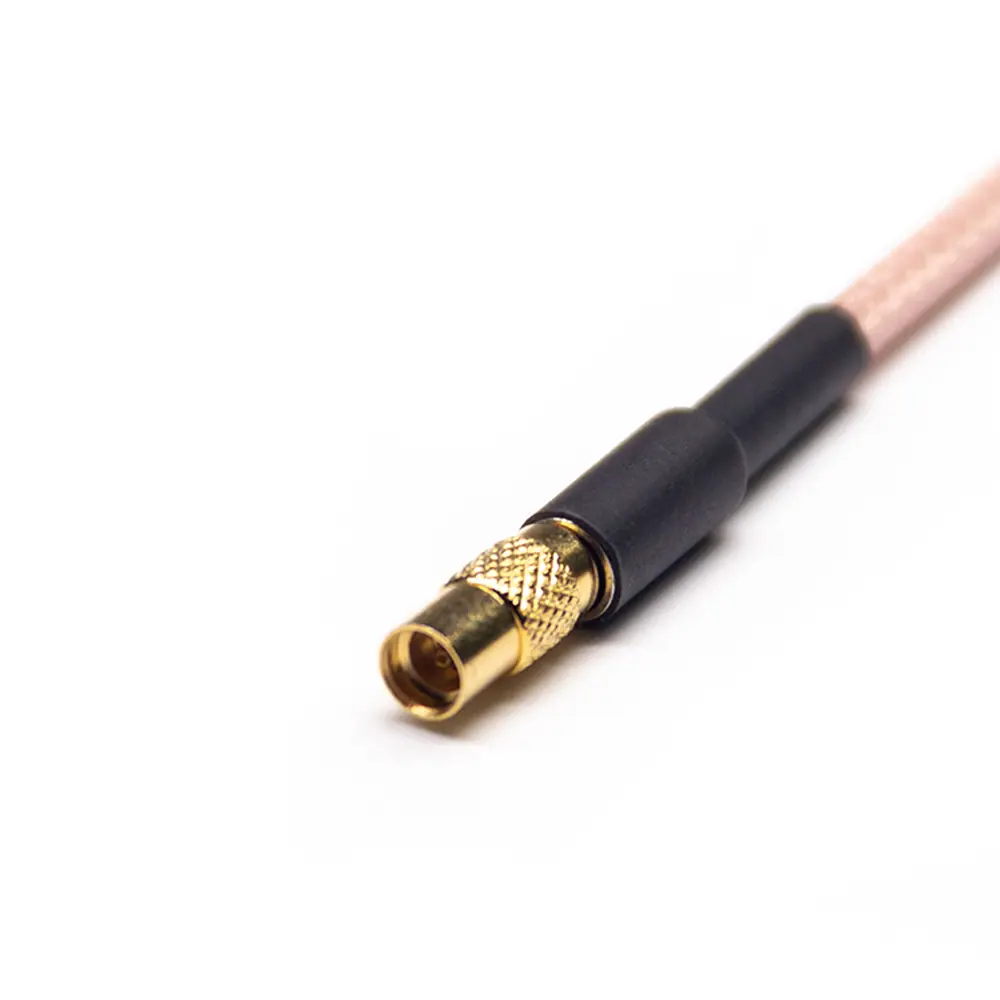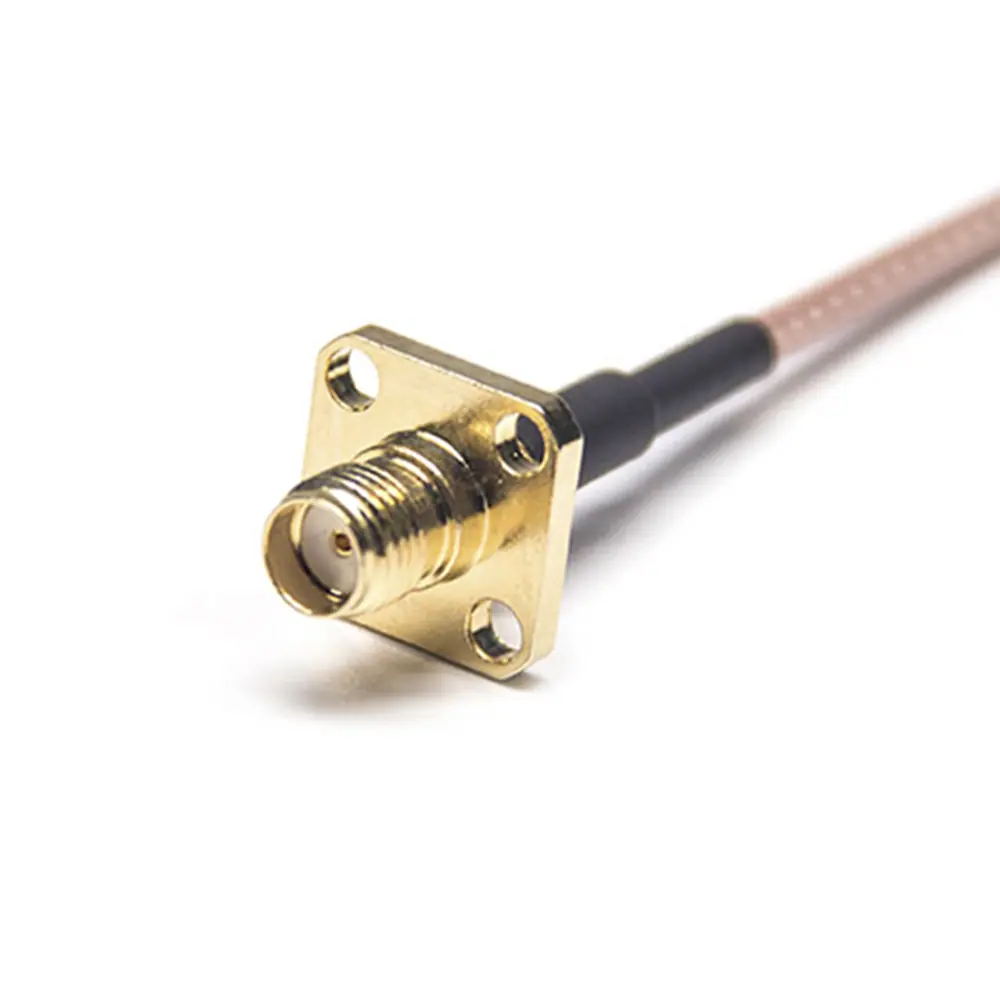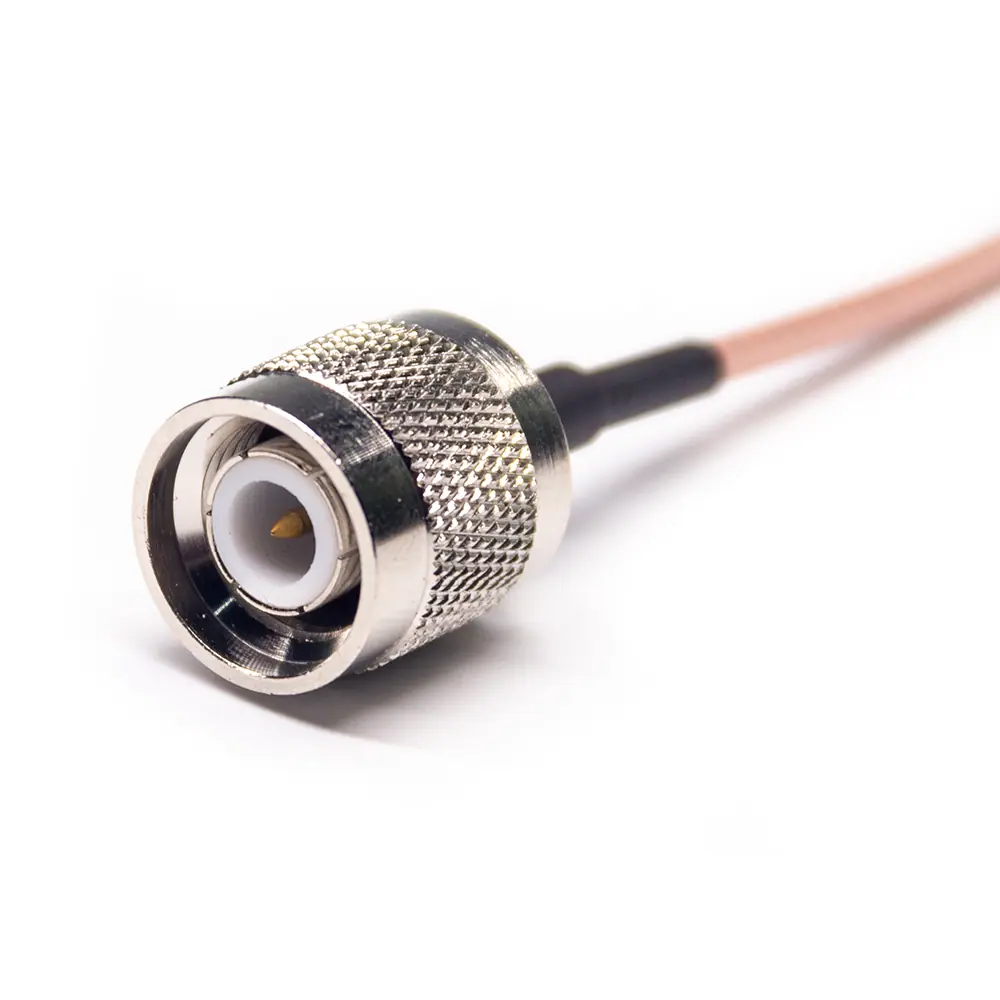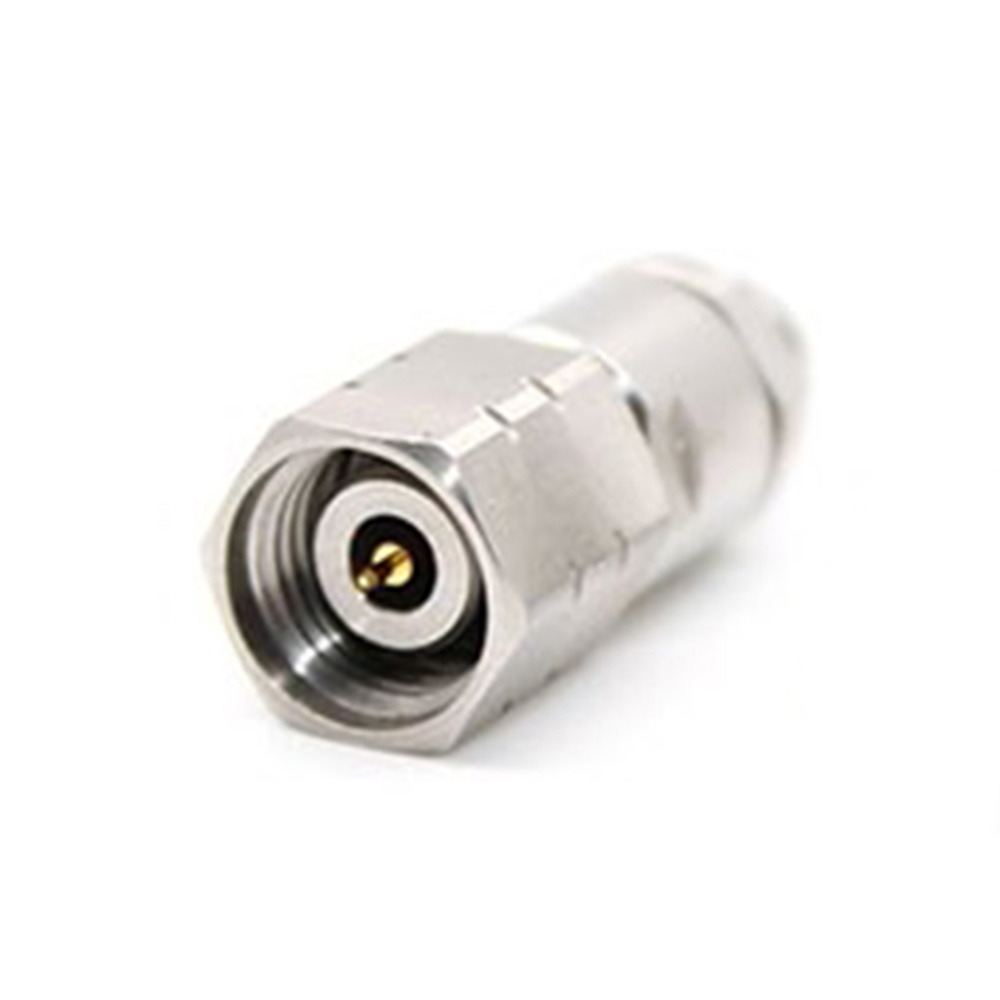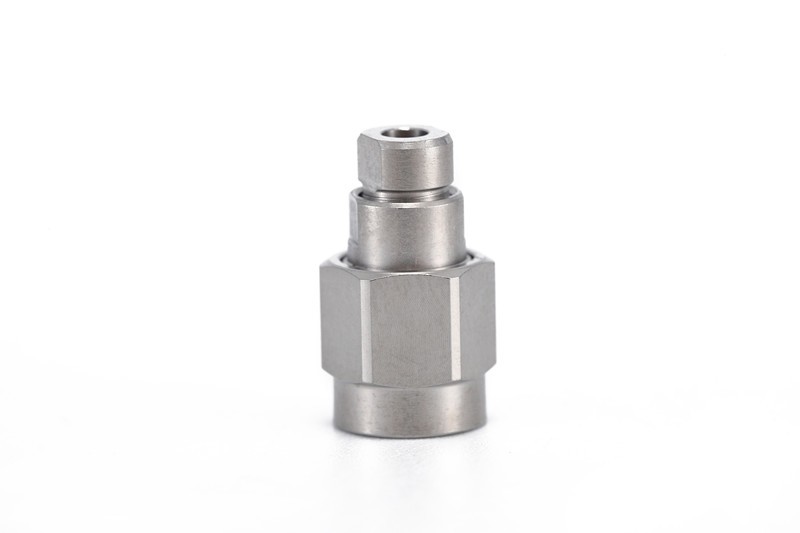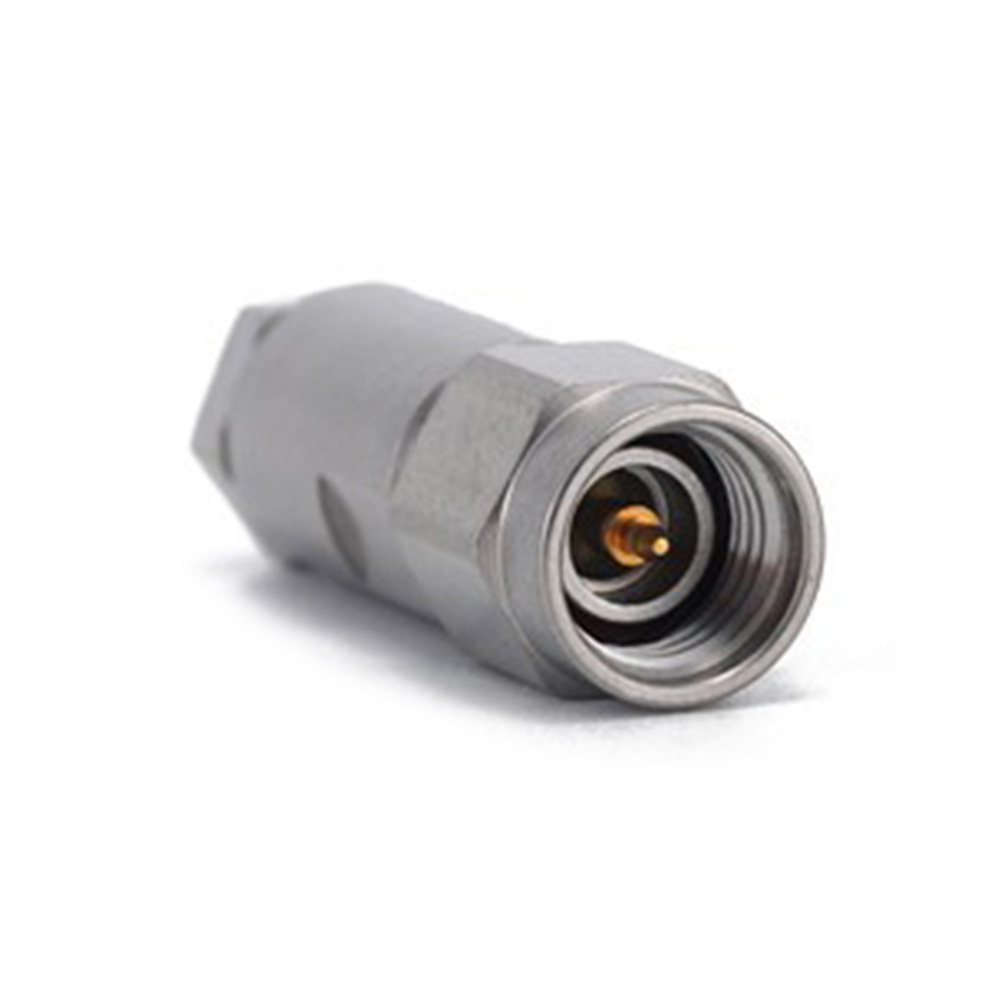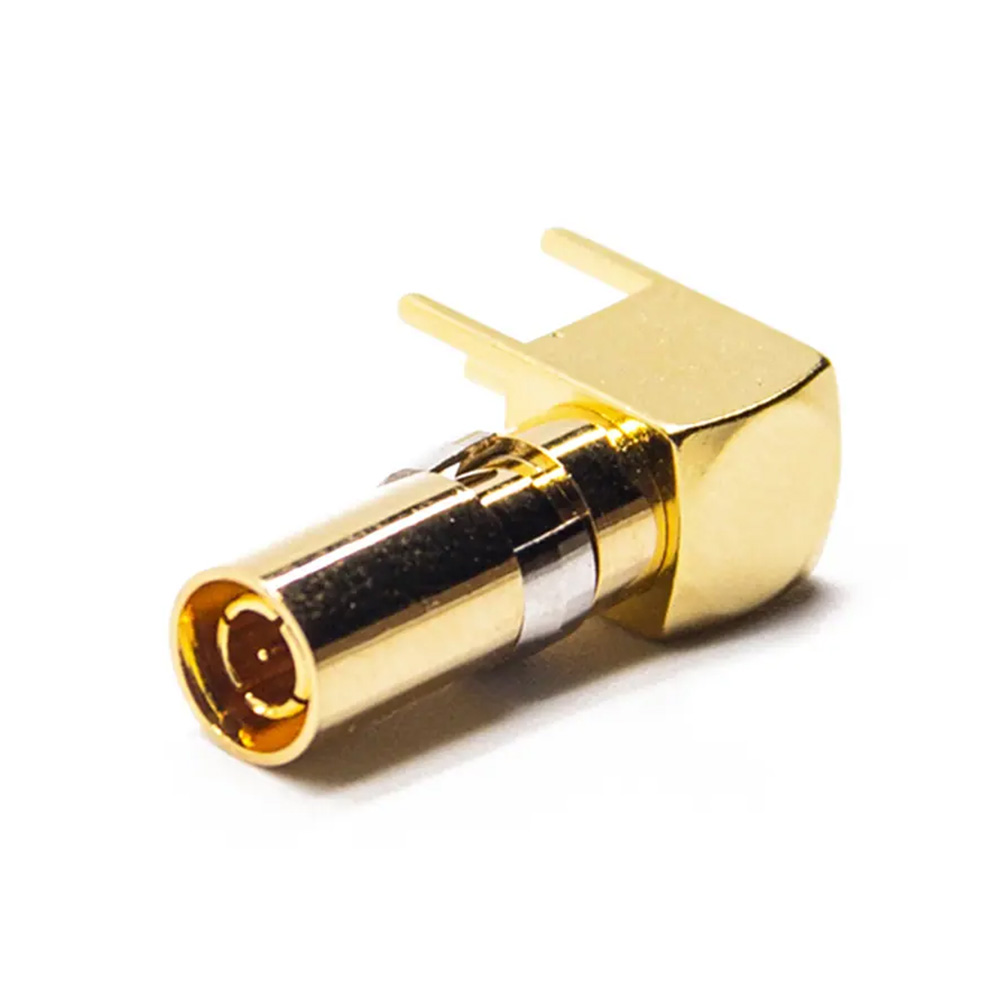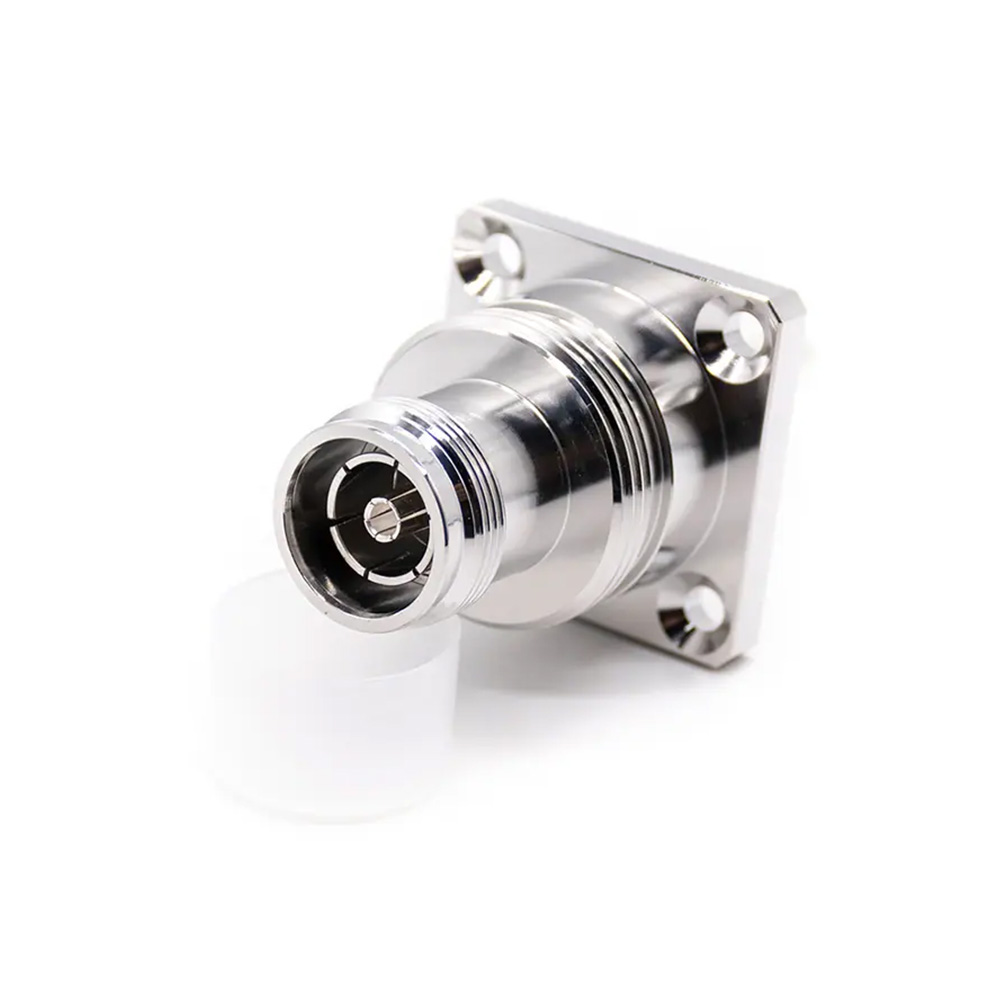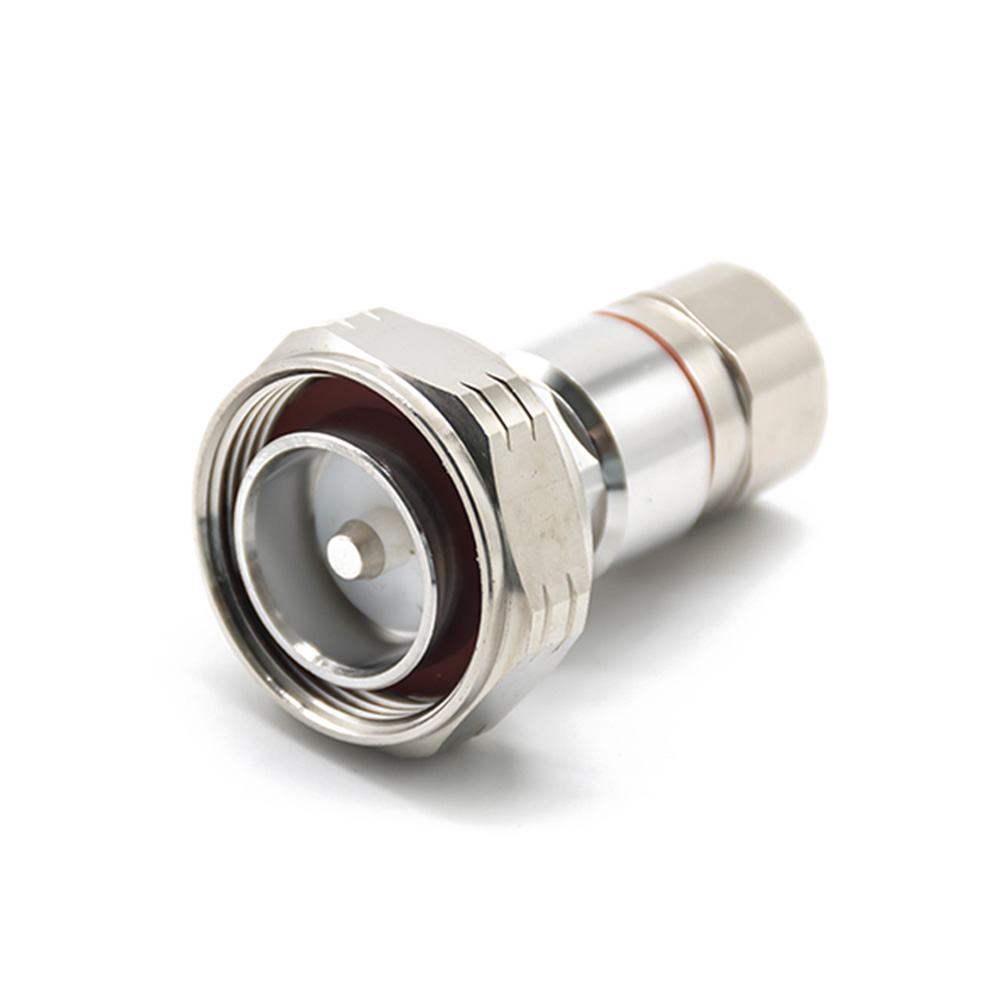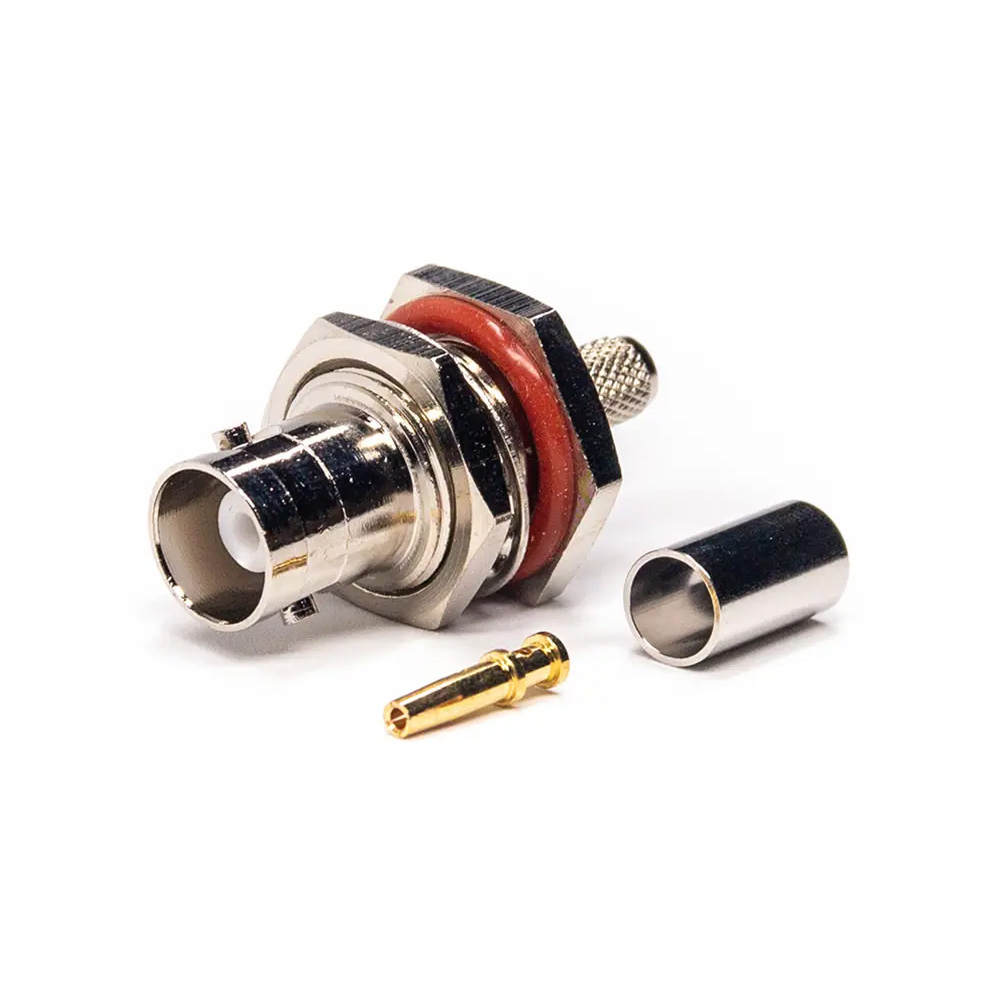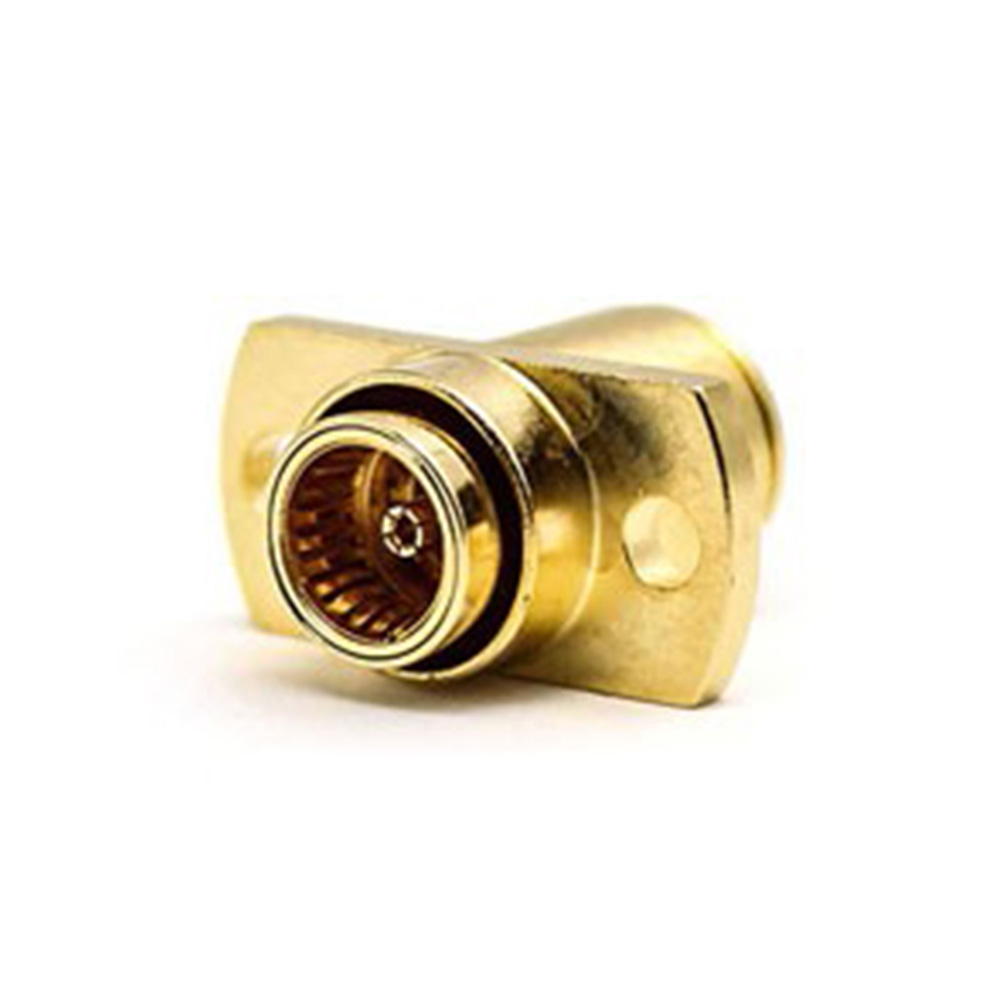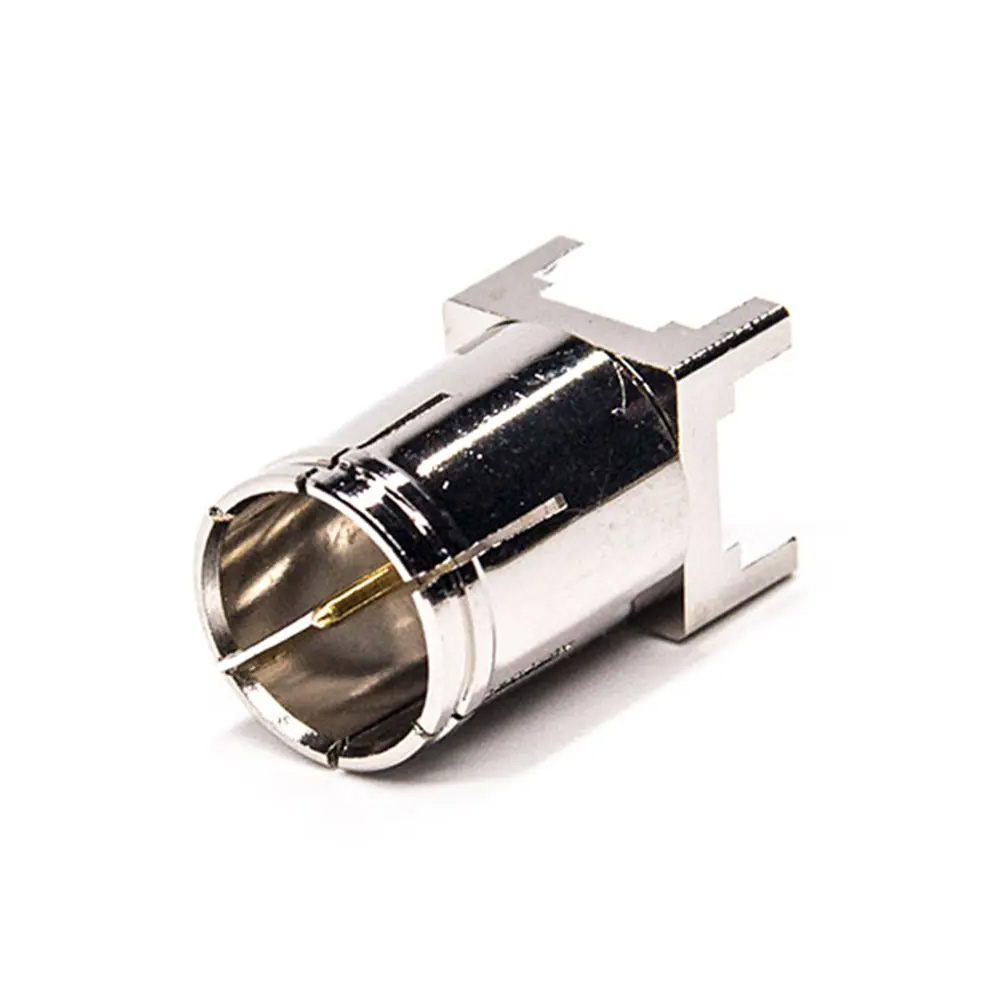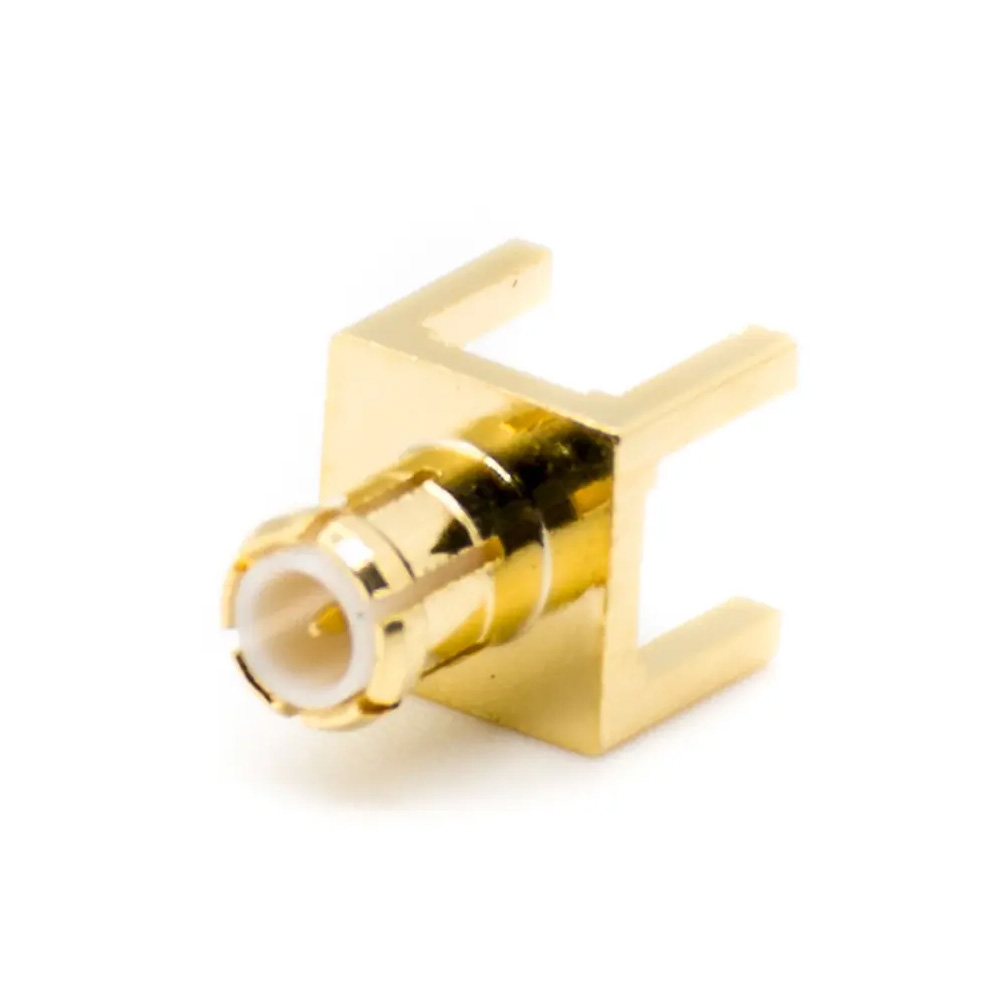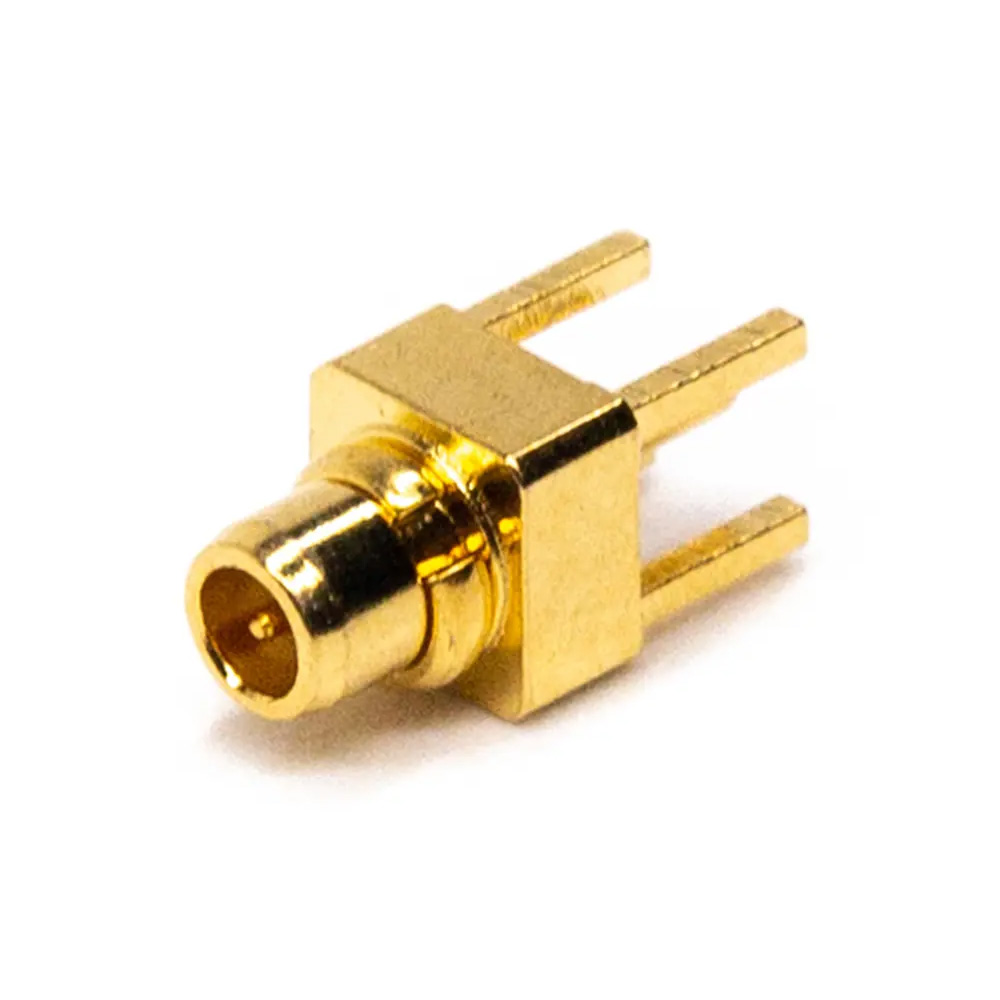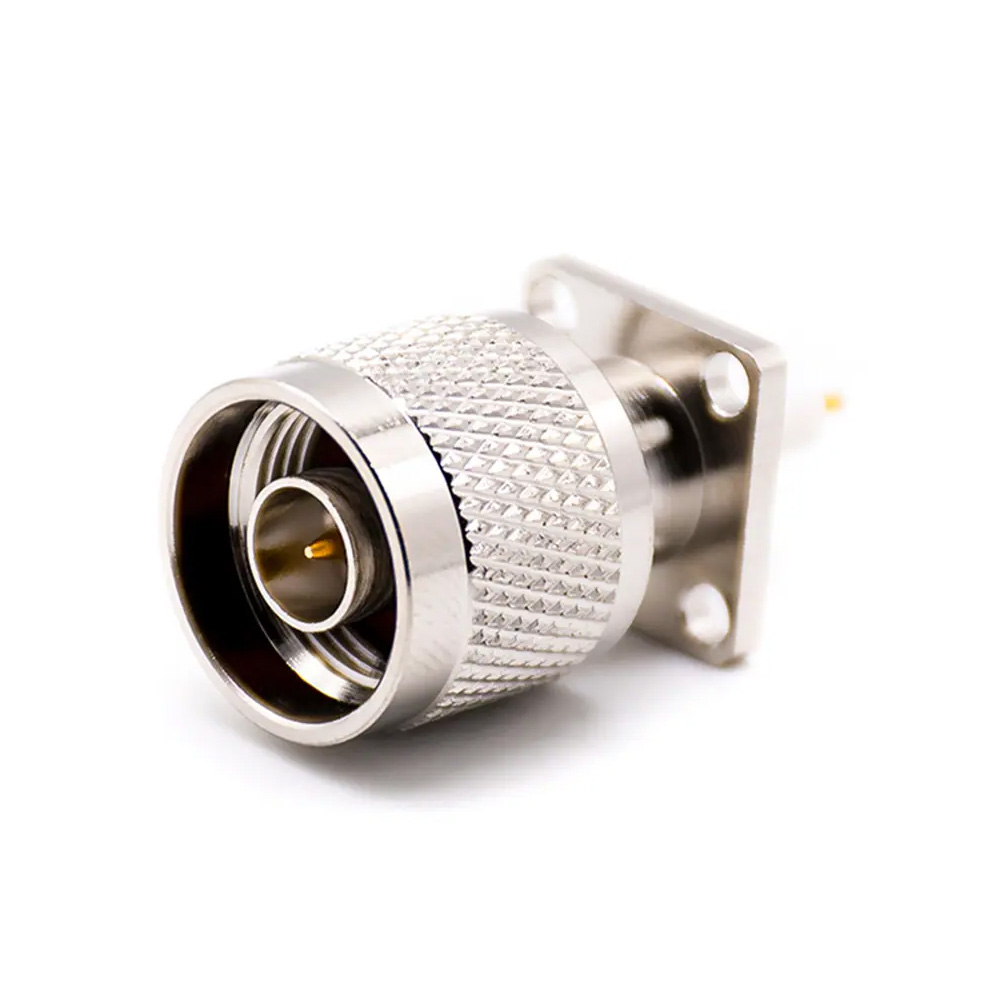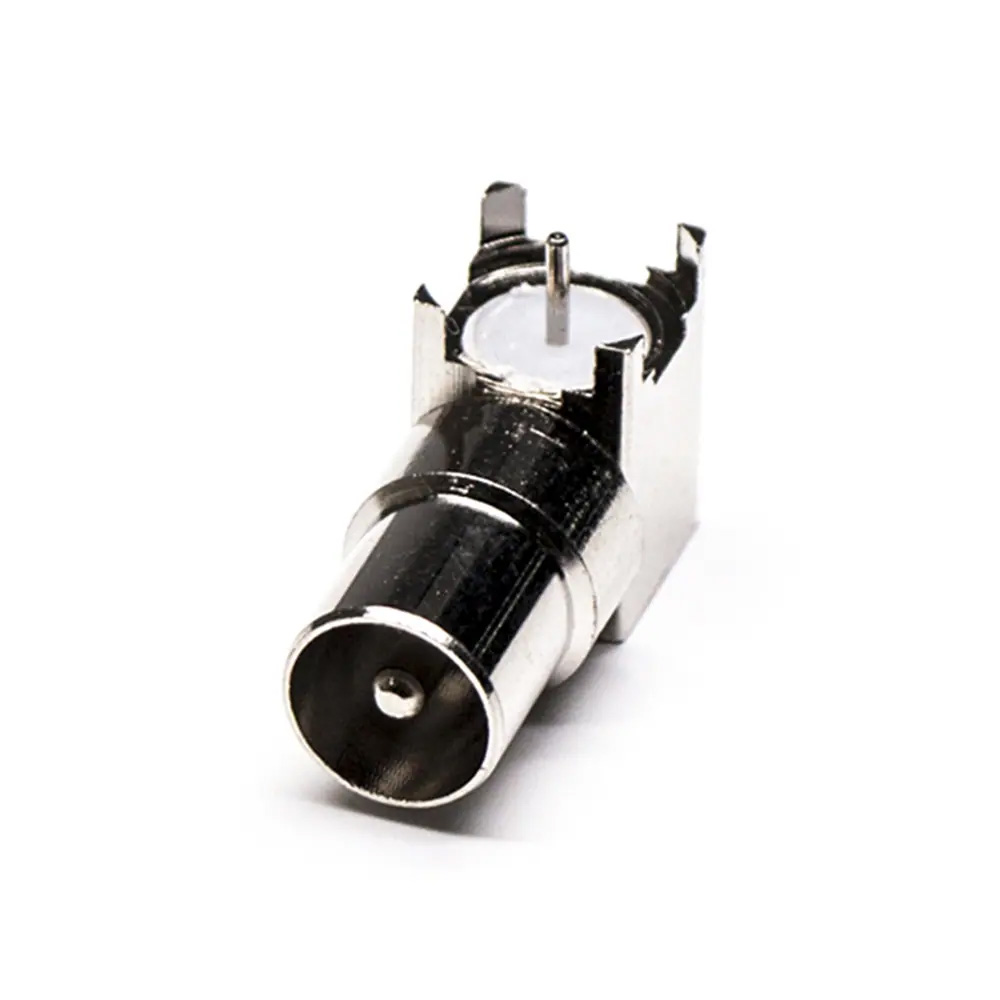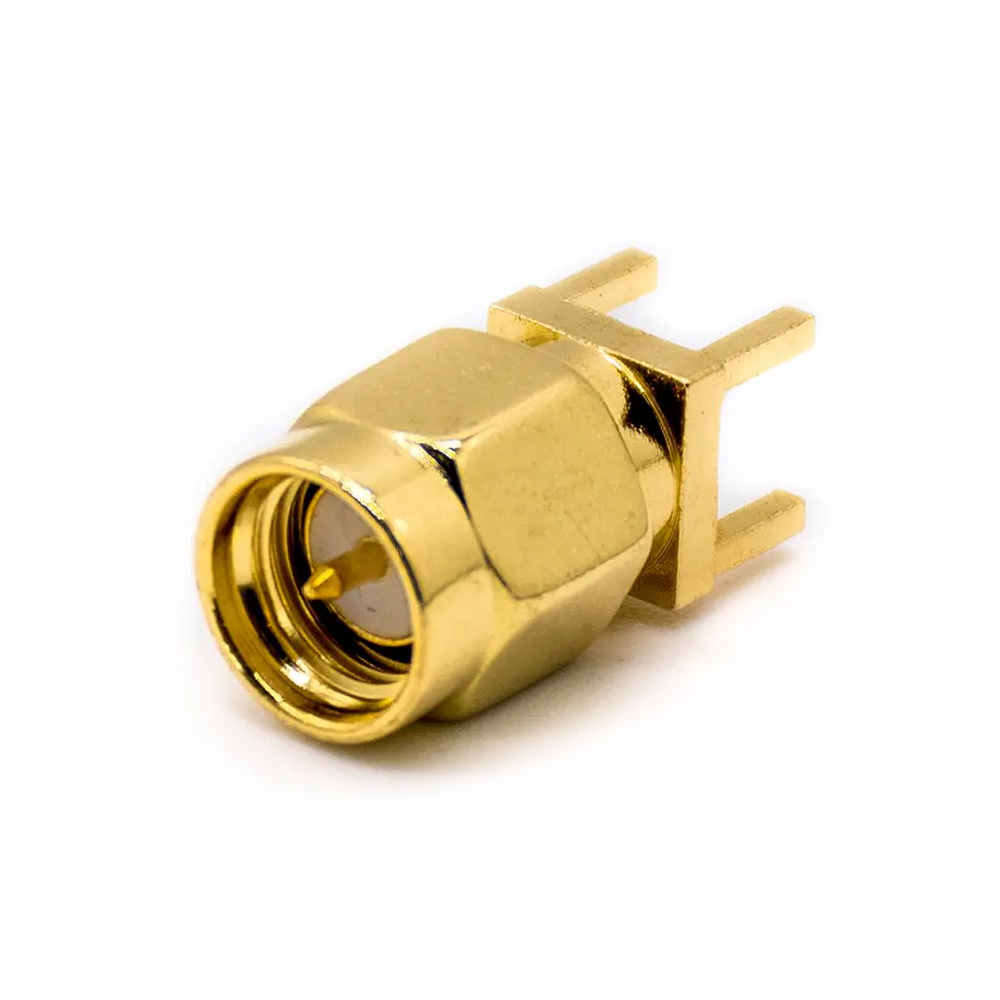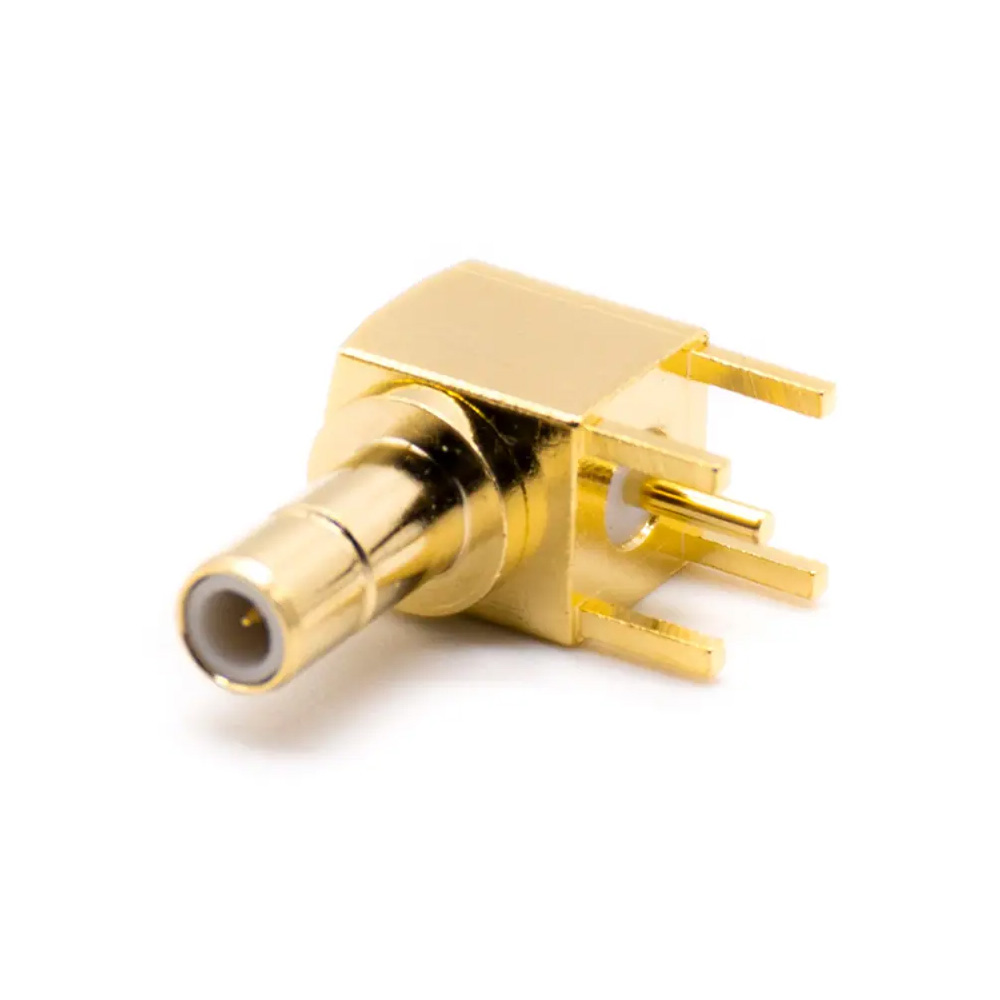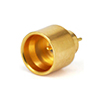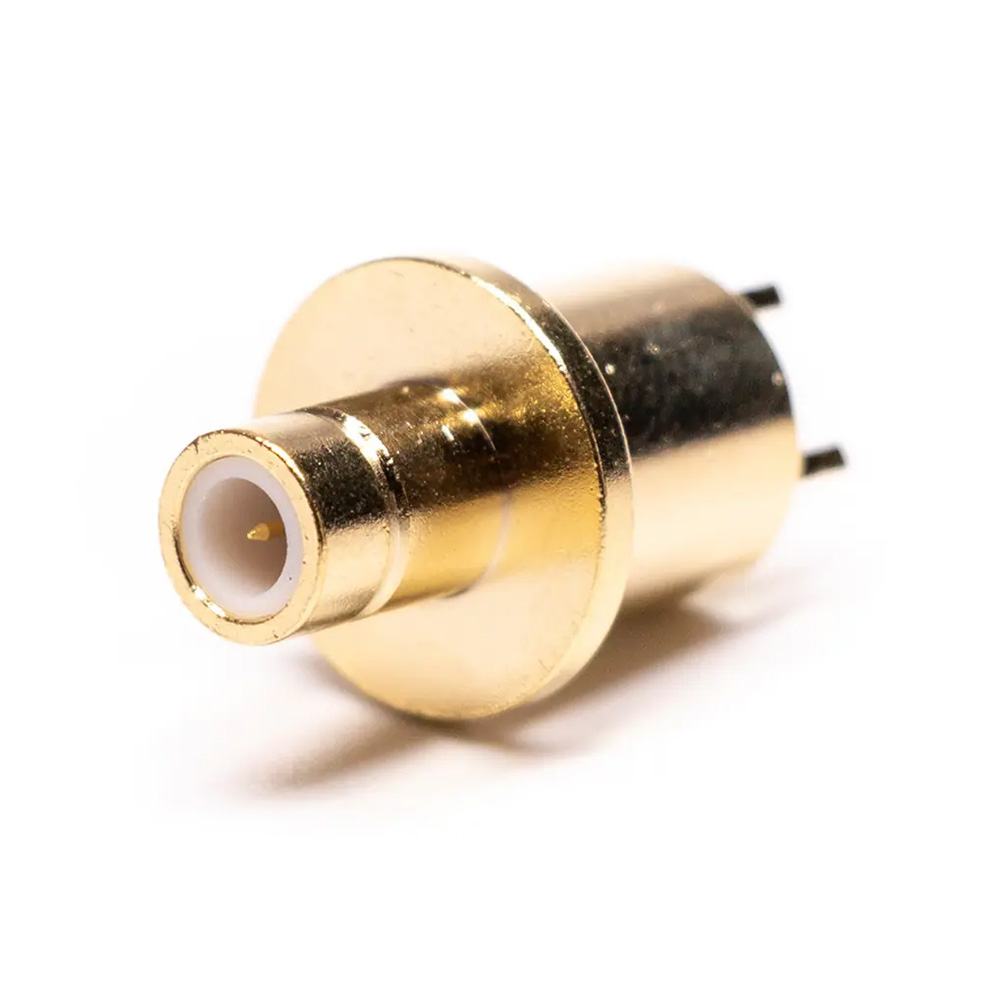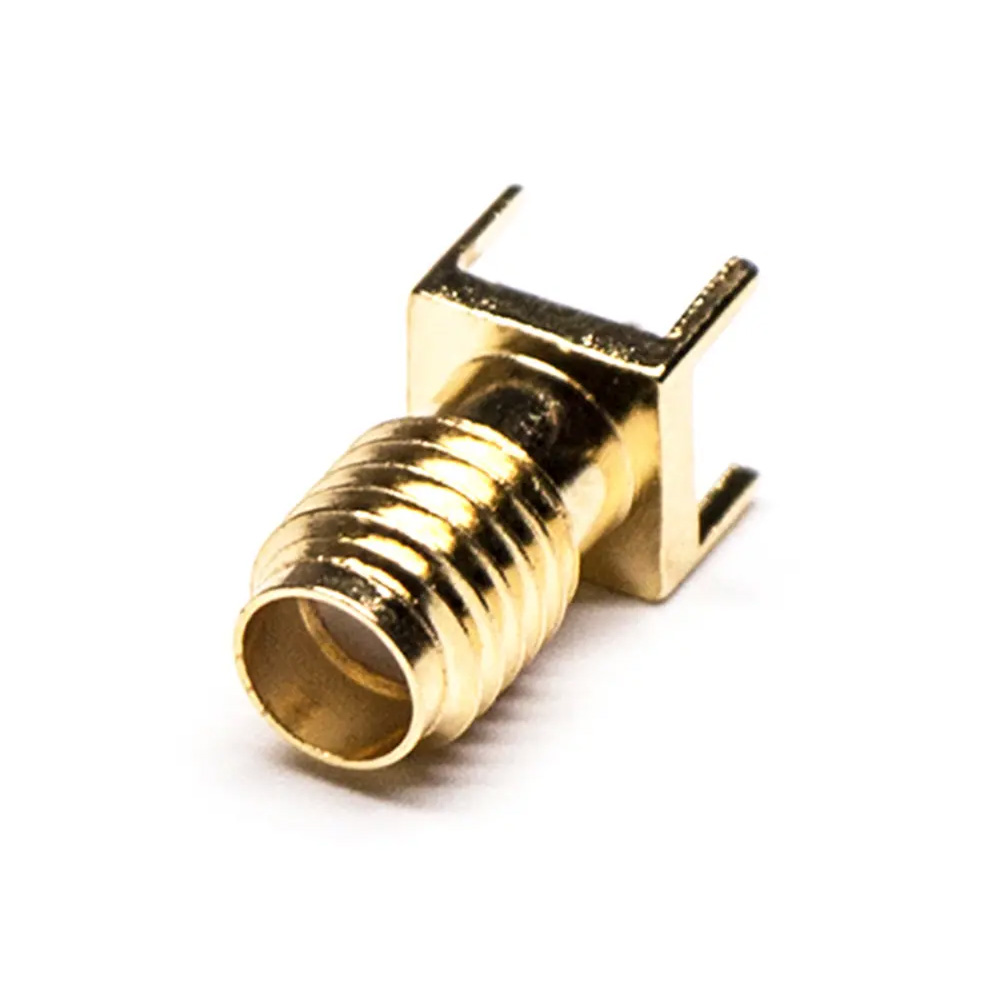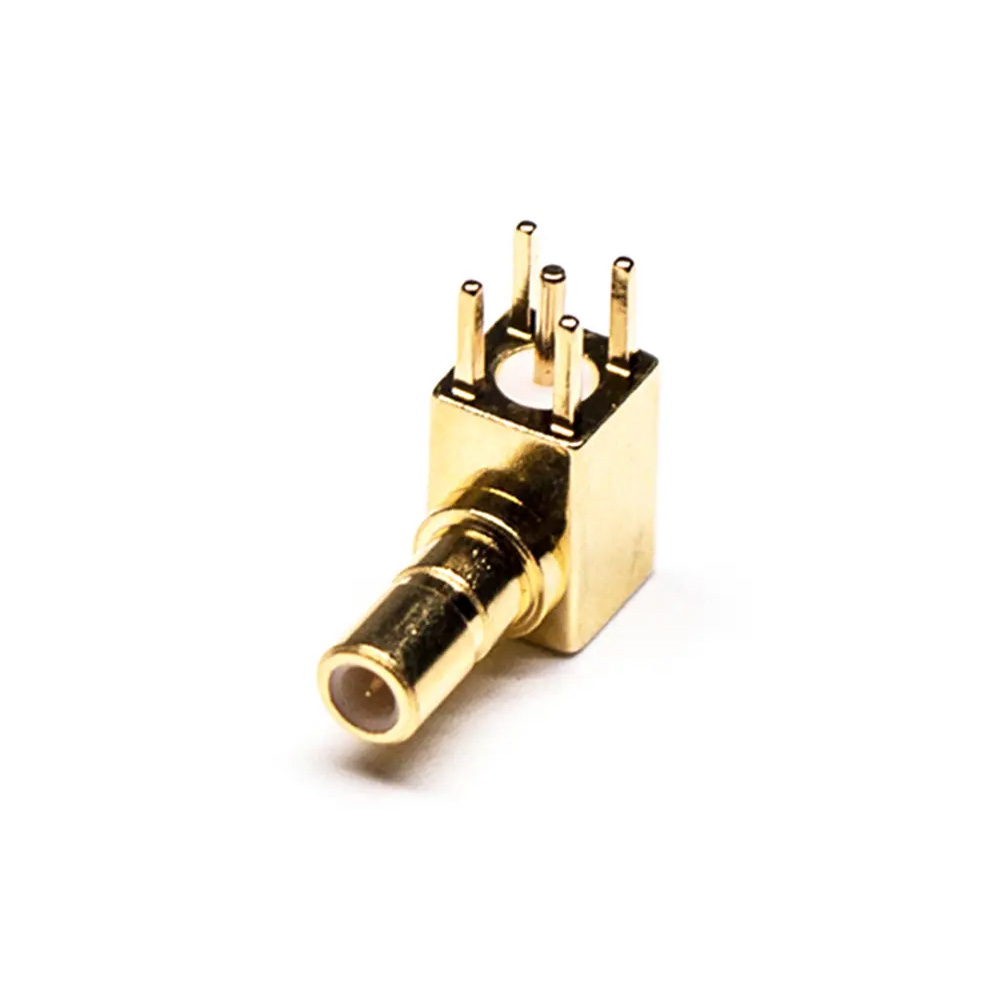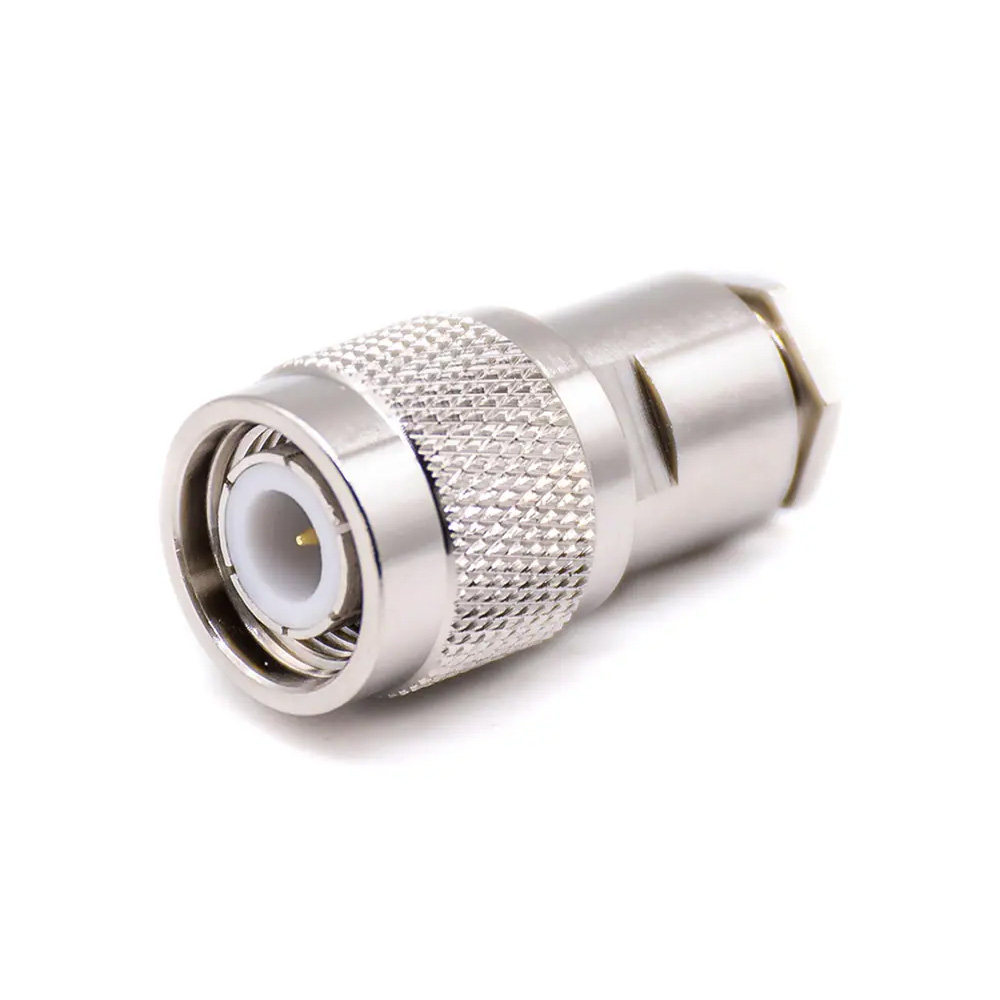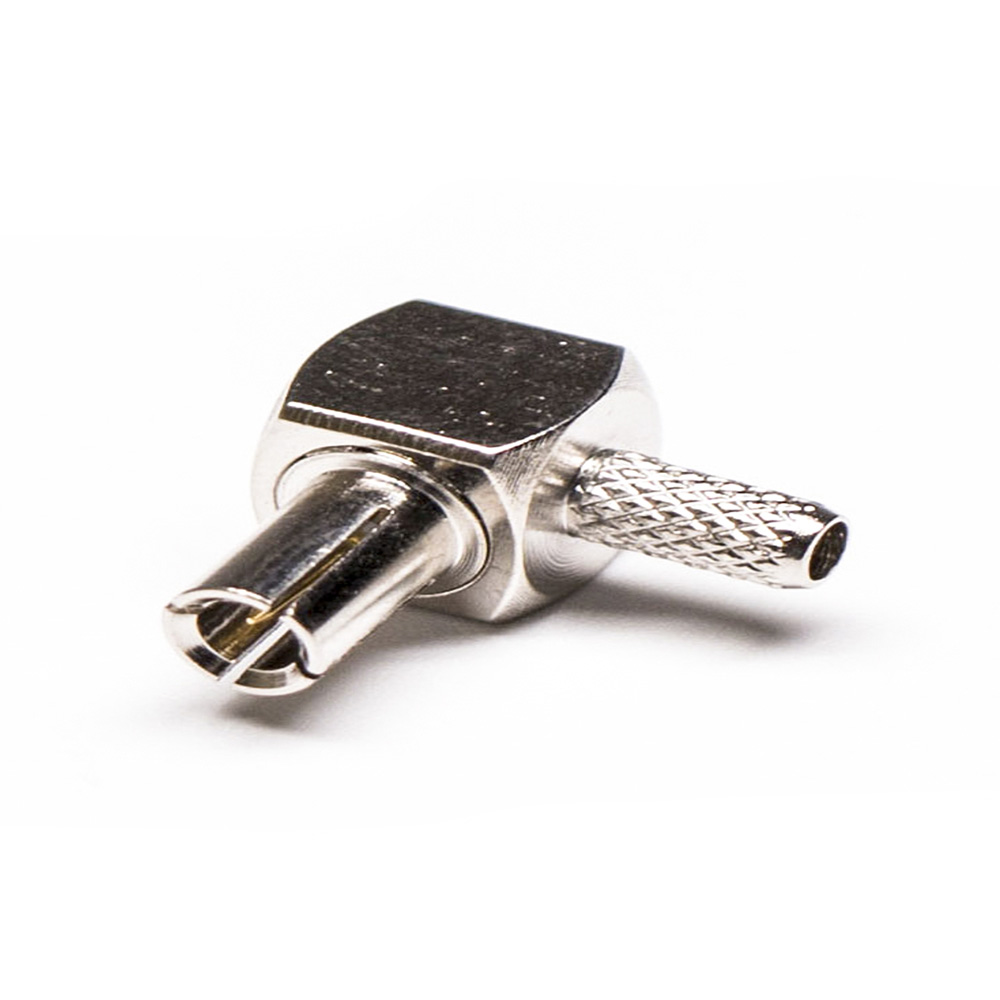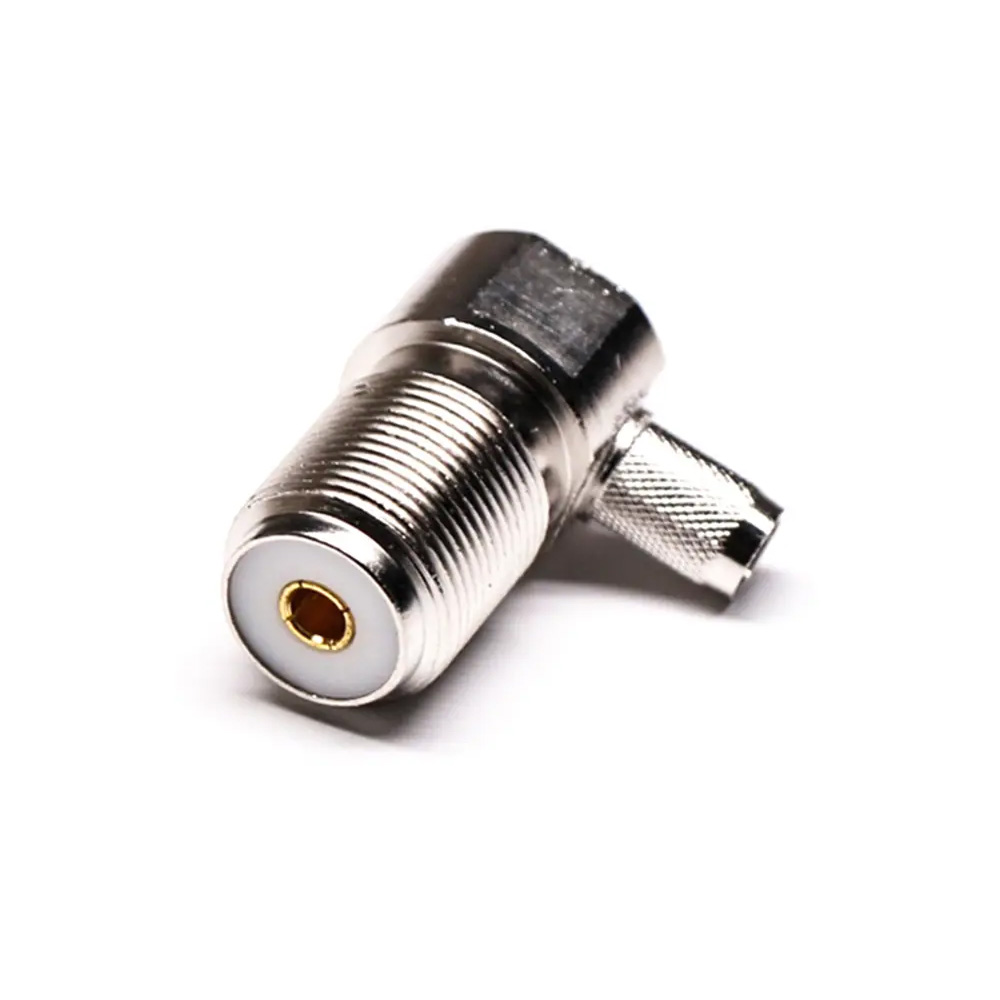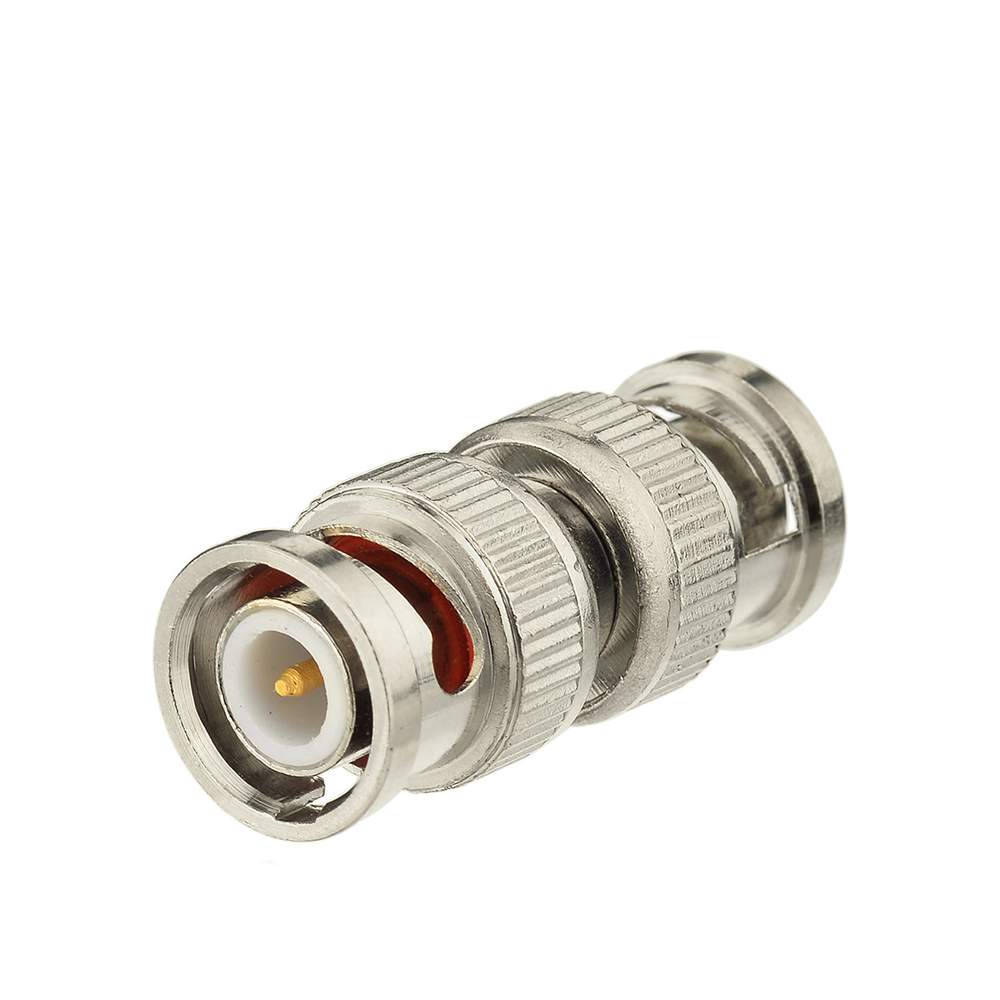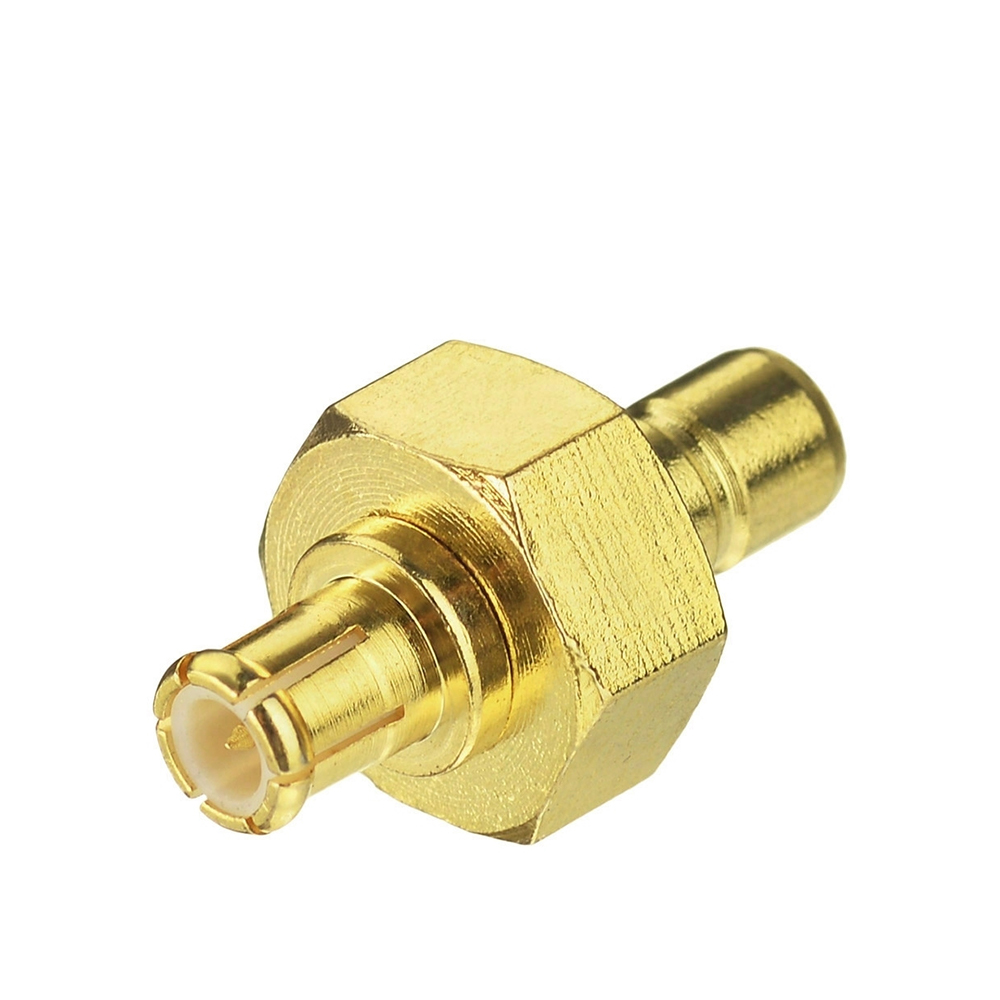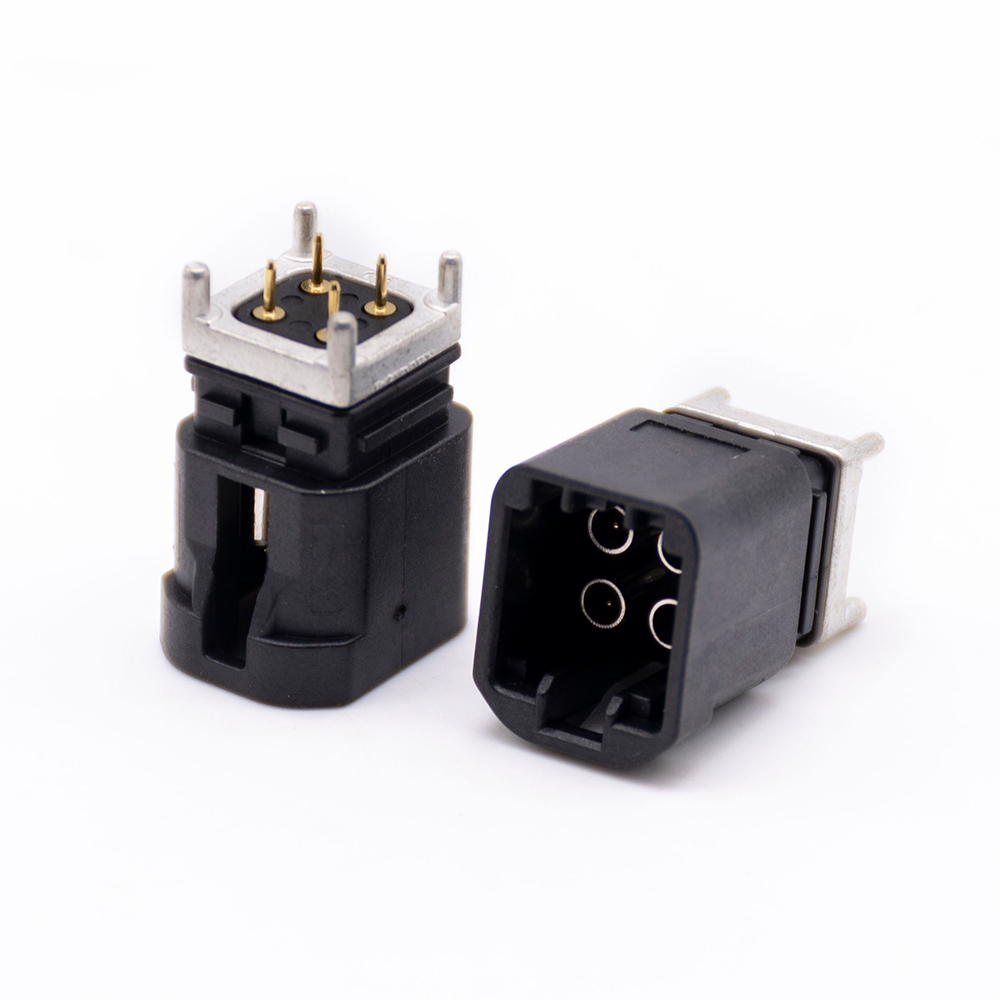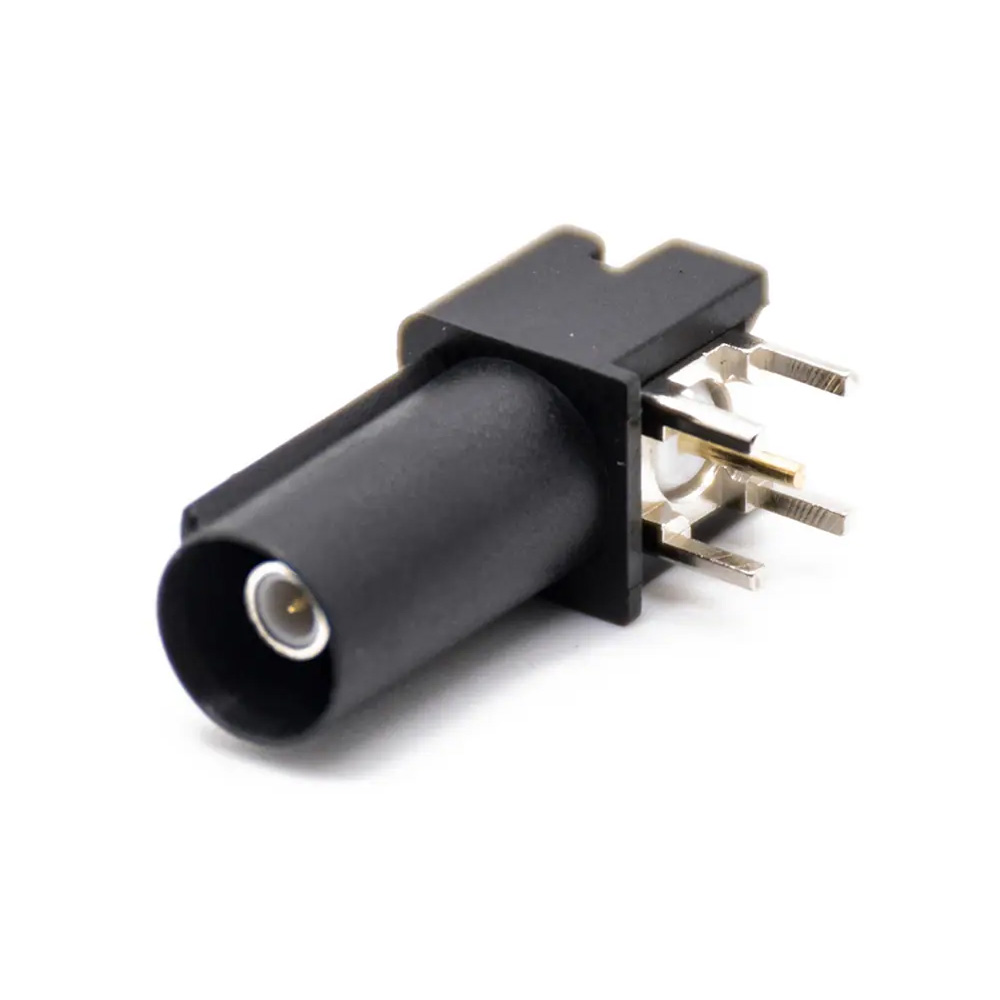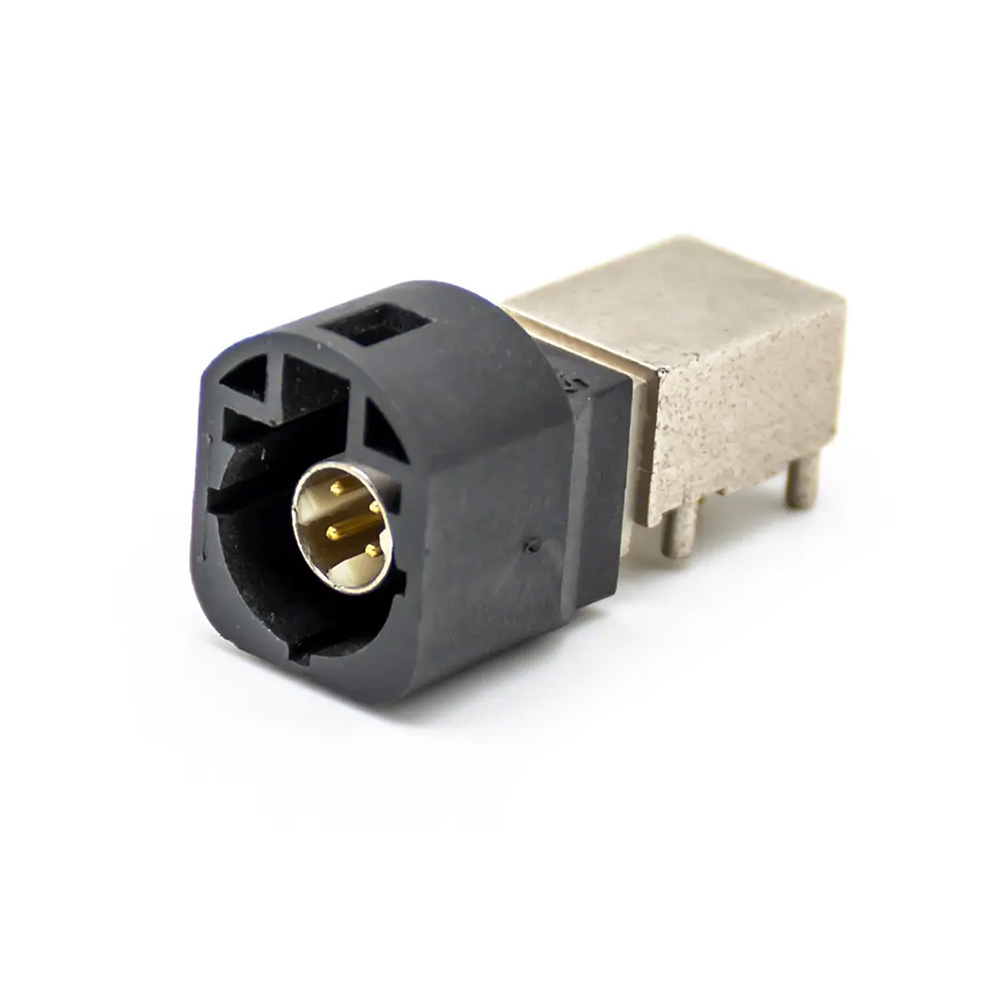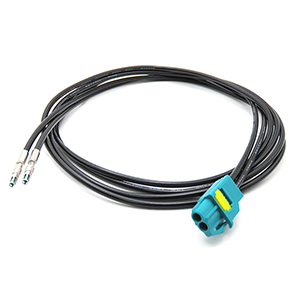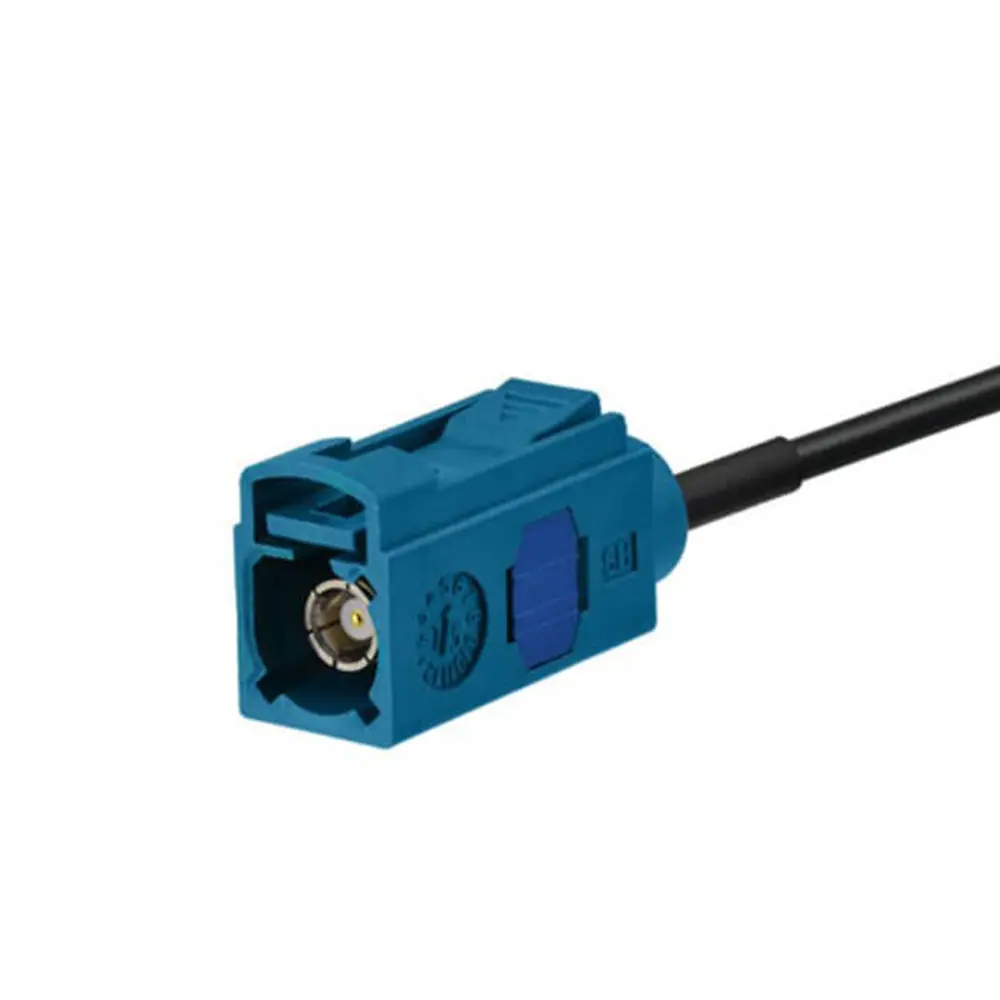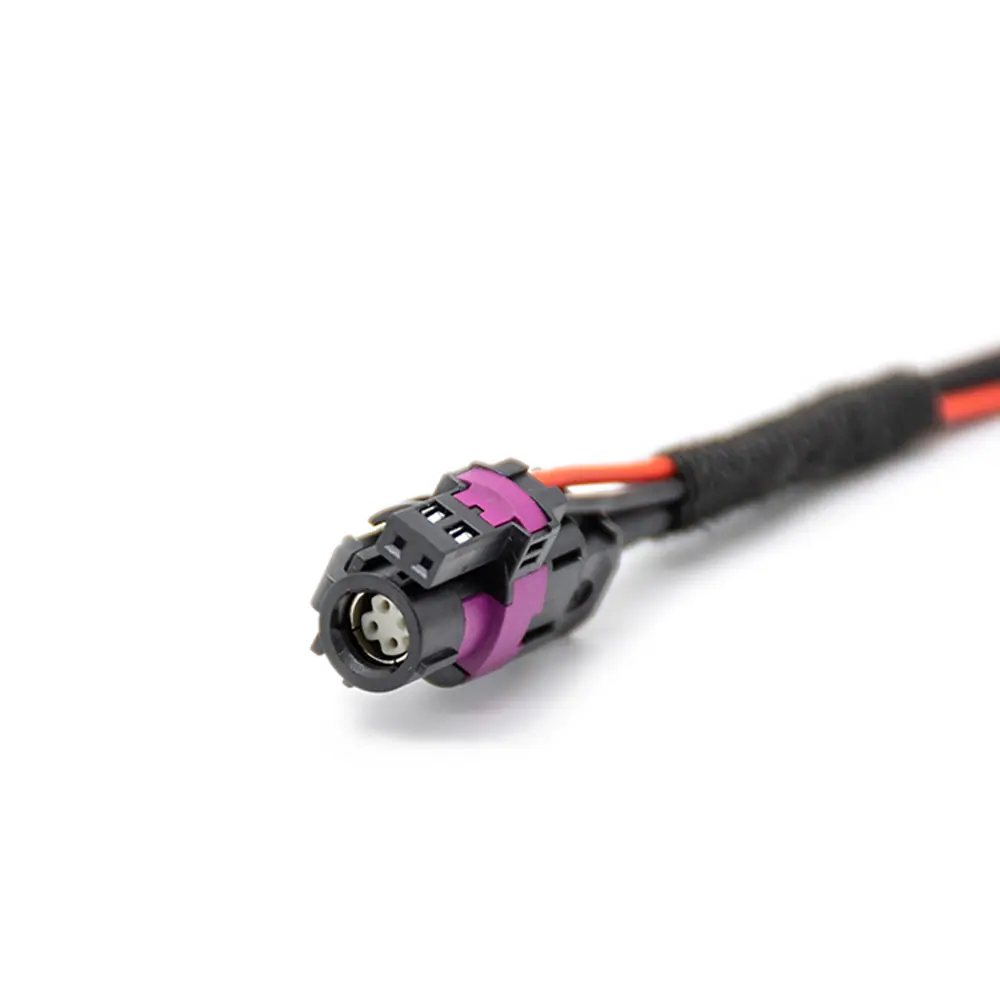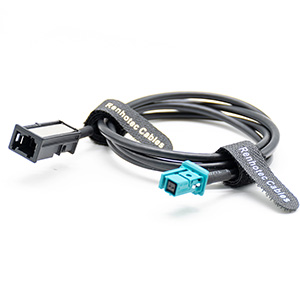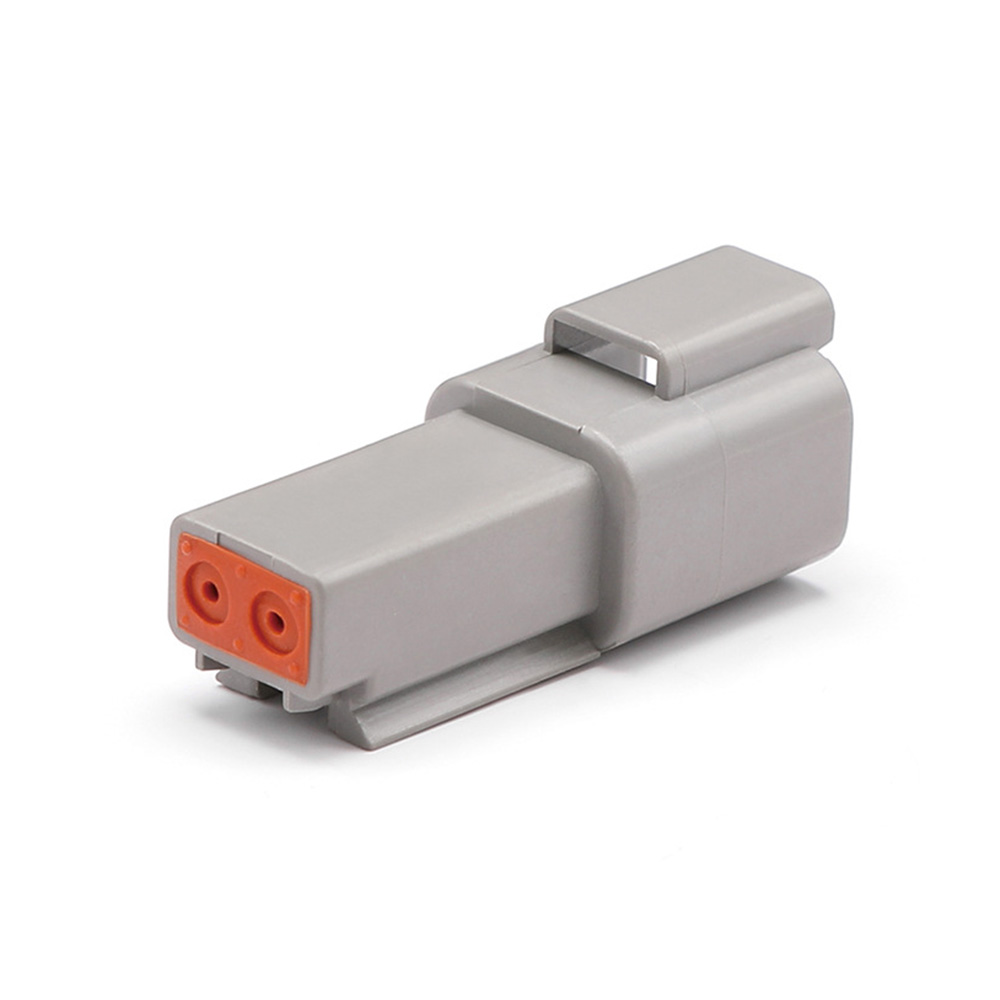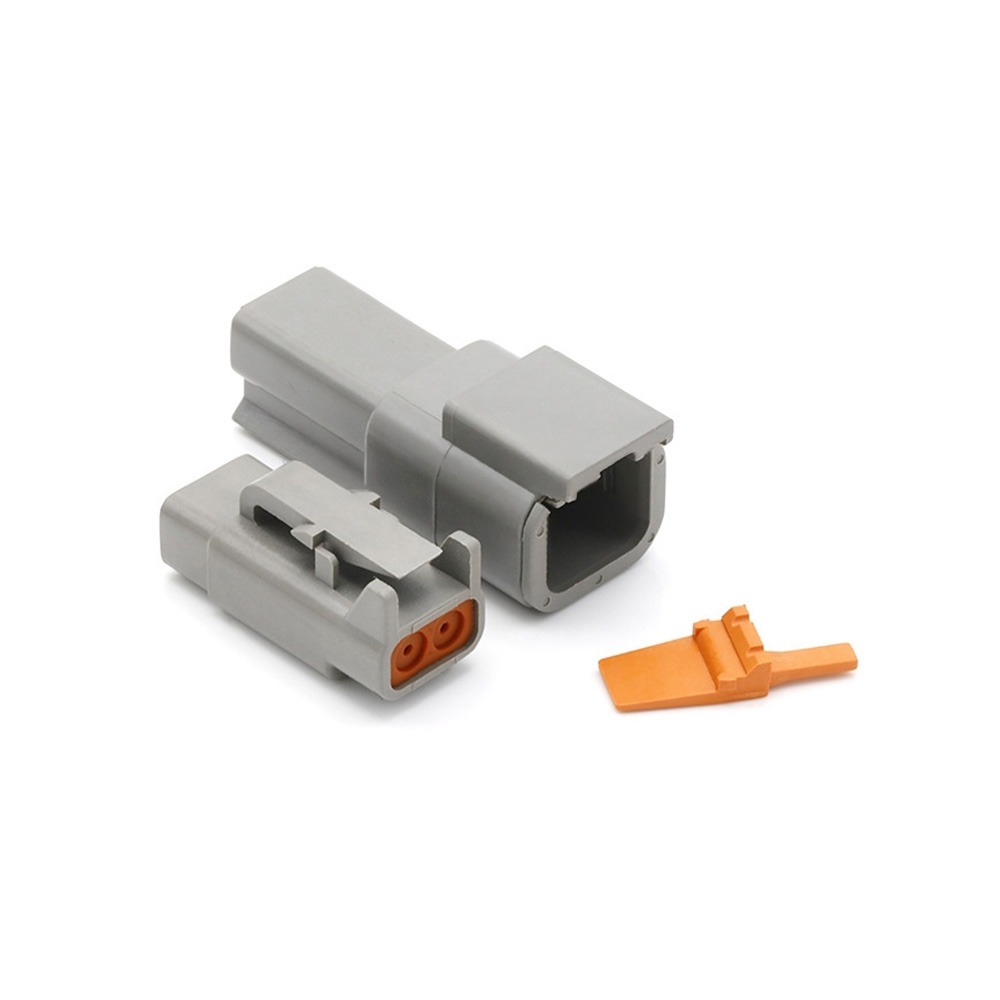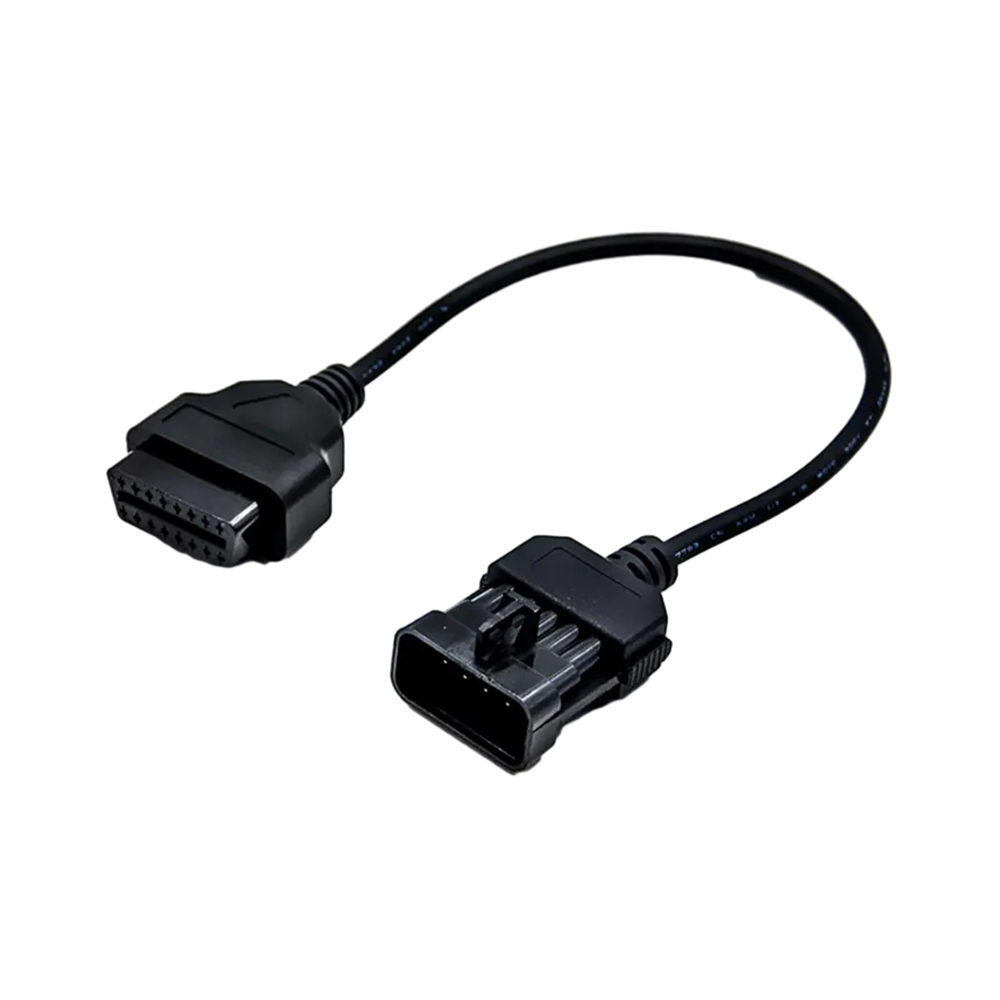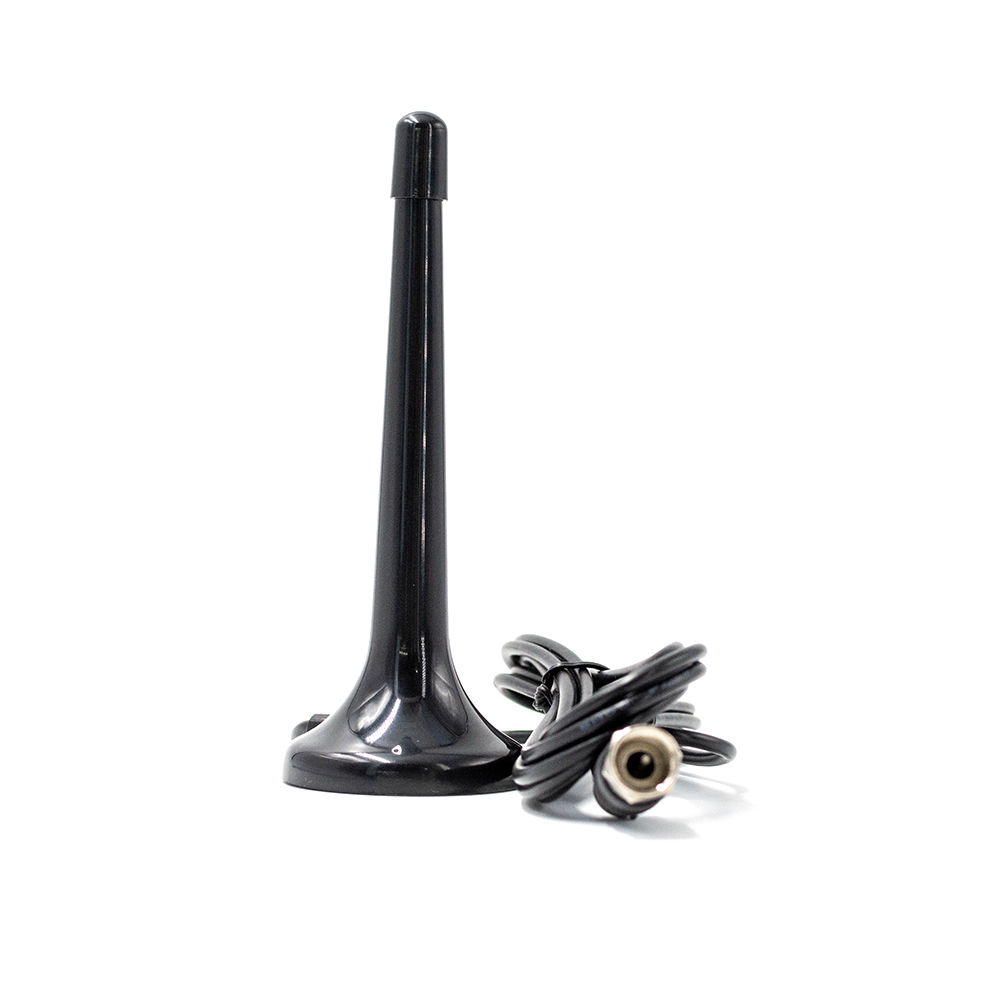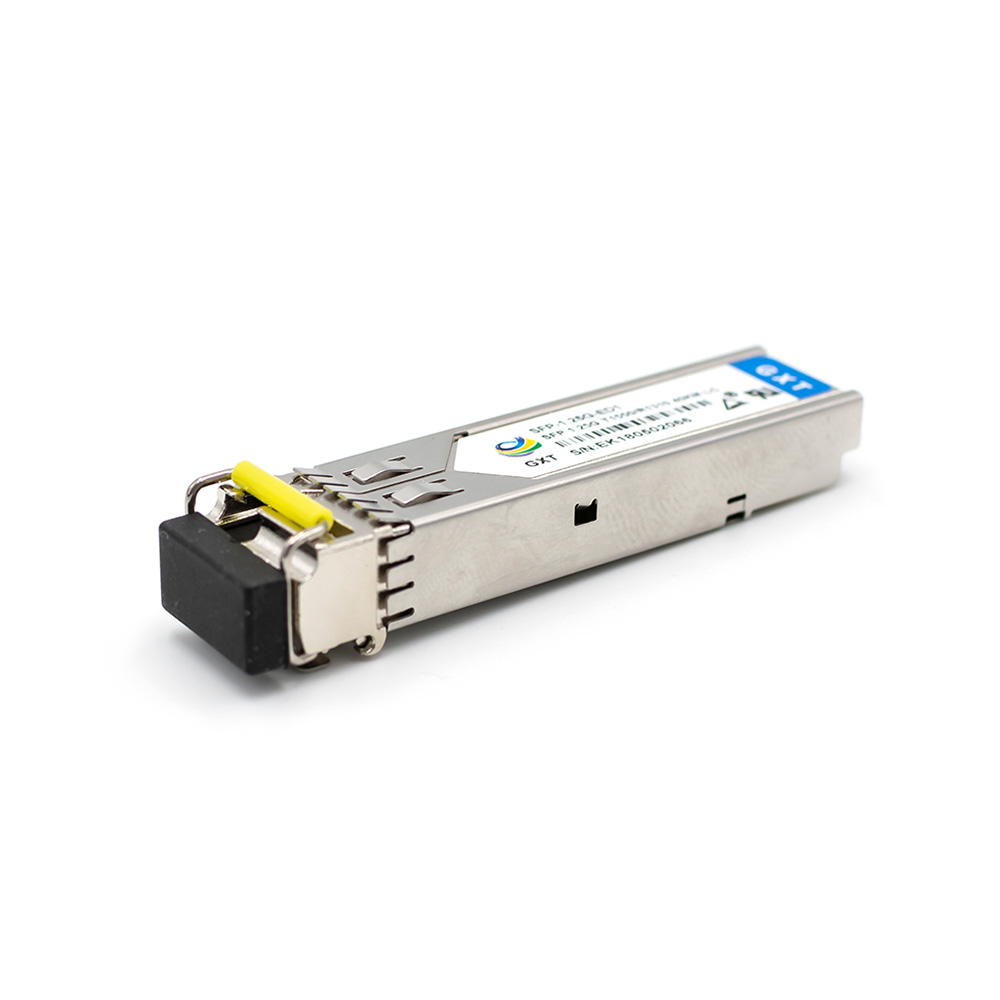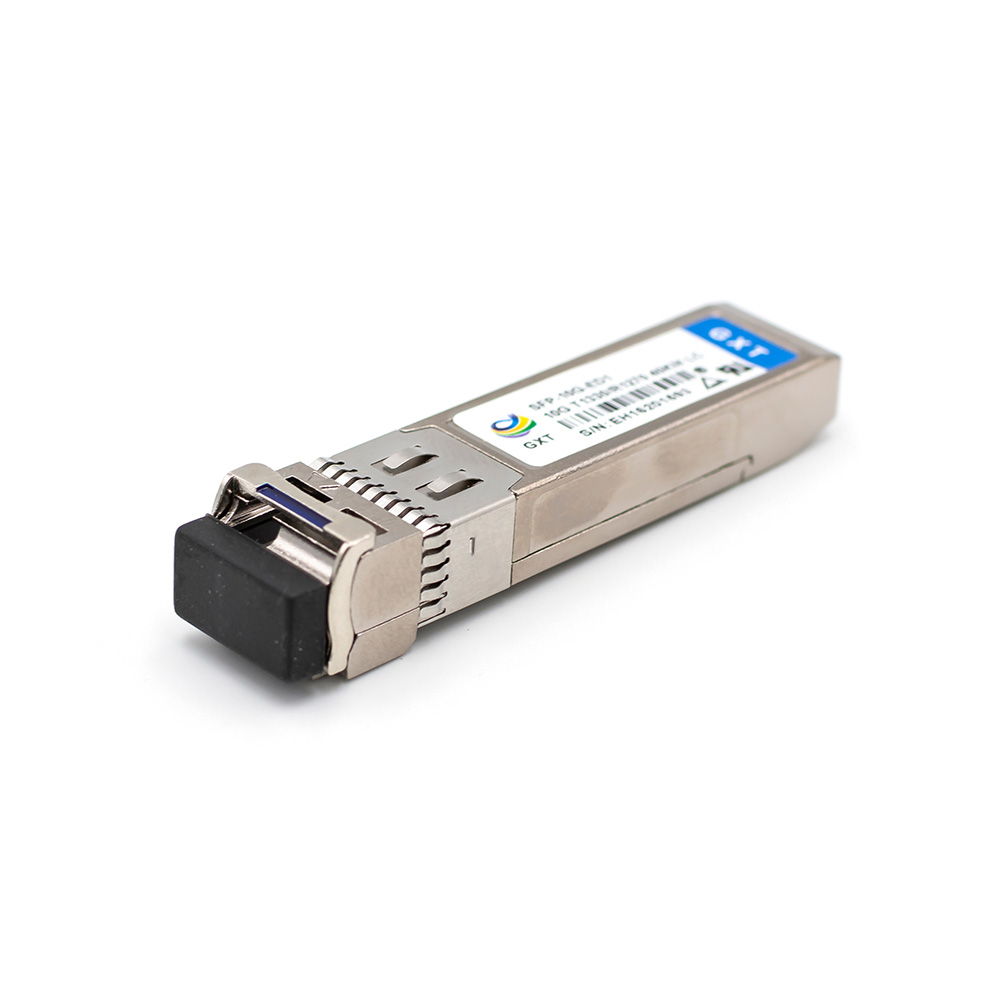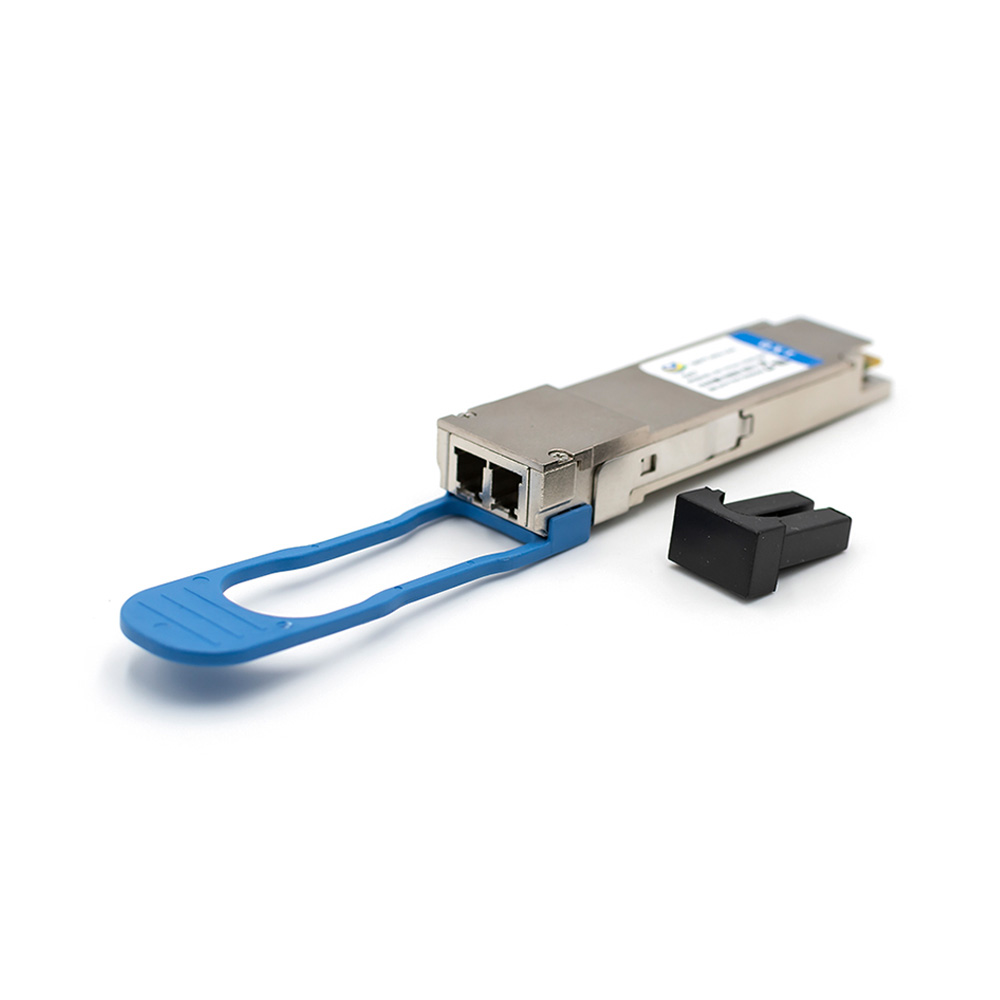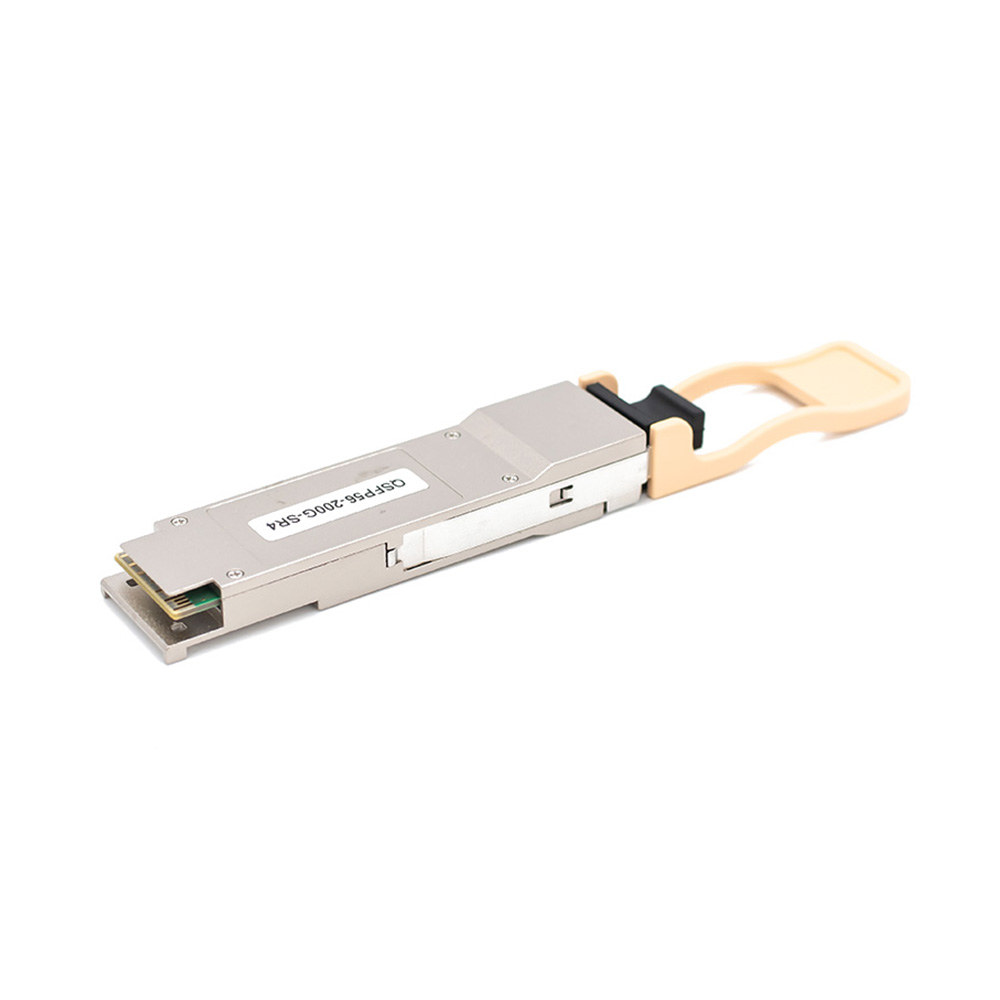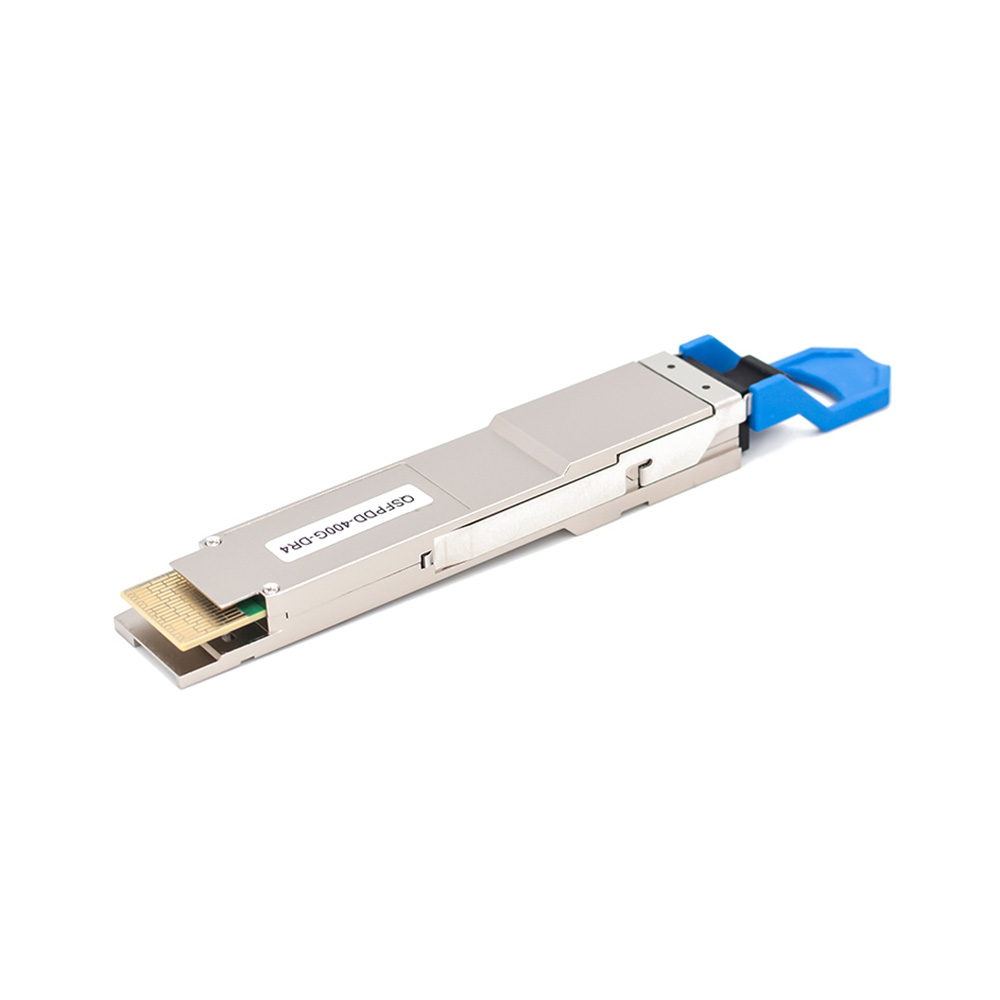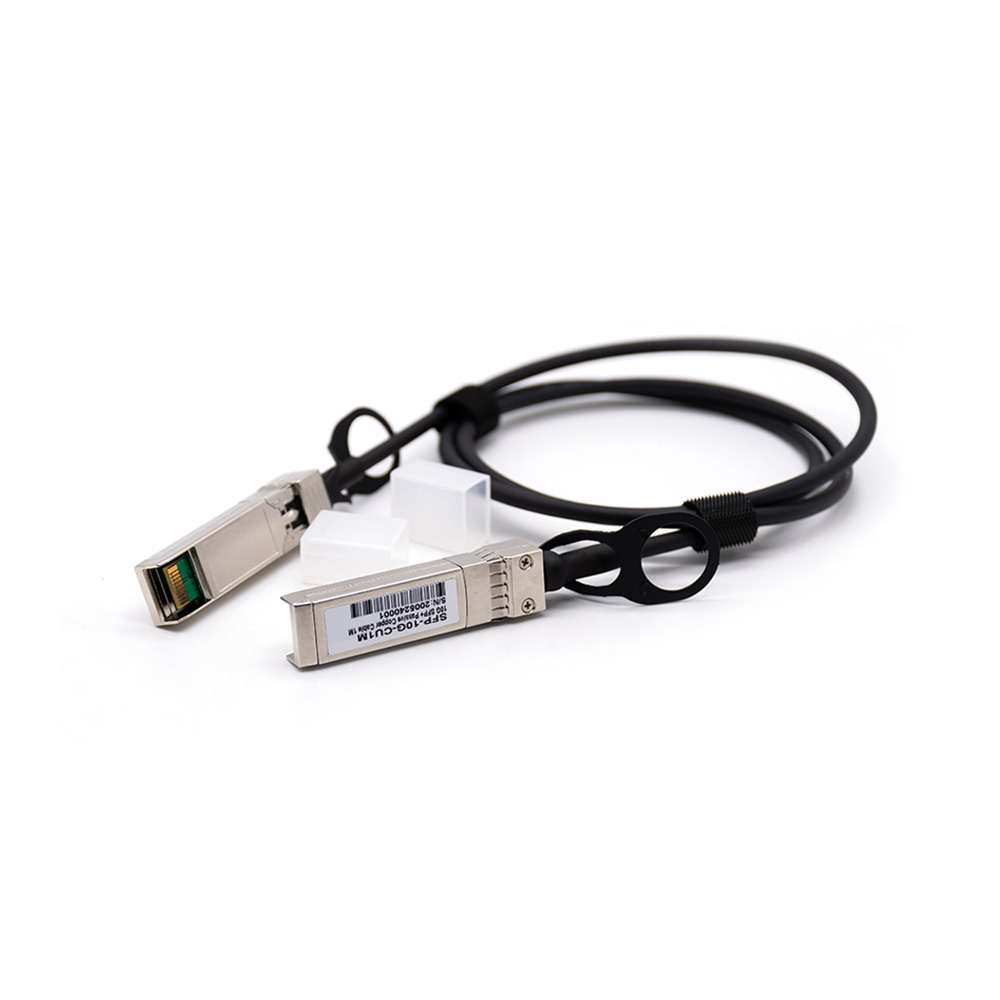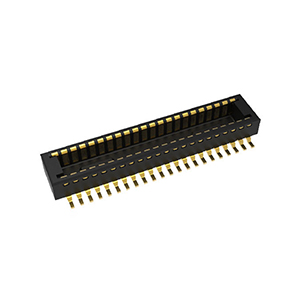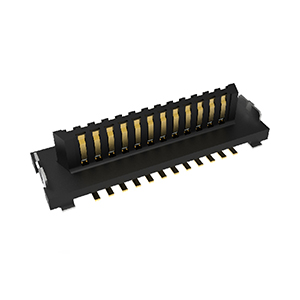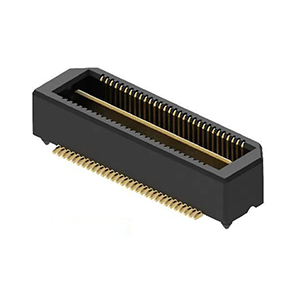Automotive Connector & Cable
What Cables Are Used for Automotive Ethernet?
In today’s connected vehicles, Automotive Ethernet has become the backbone for high-speed data transmission, supporting advanced systems like infotainment, ADAS (Advanced Driver-Assistance Systems), and centralized computing. But what cables and connectors make this technology work? This guide explores the types of cables used in Automotive Ethernet, their connectors, applications, and key design considerations—helping you understand their role in modern vehicle networks.
Types of Cables for Automotive Ethernet
Automotive Ethernet relies on specific cabling to meet the demands of speed, reliability, and electromagnetic interference (EMI) resistance. Here’s a breakdown of the main cable types:
1. Shielded Twisted Pair (STP) and Unshielded Twisted Pair (UTP)
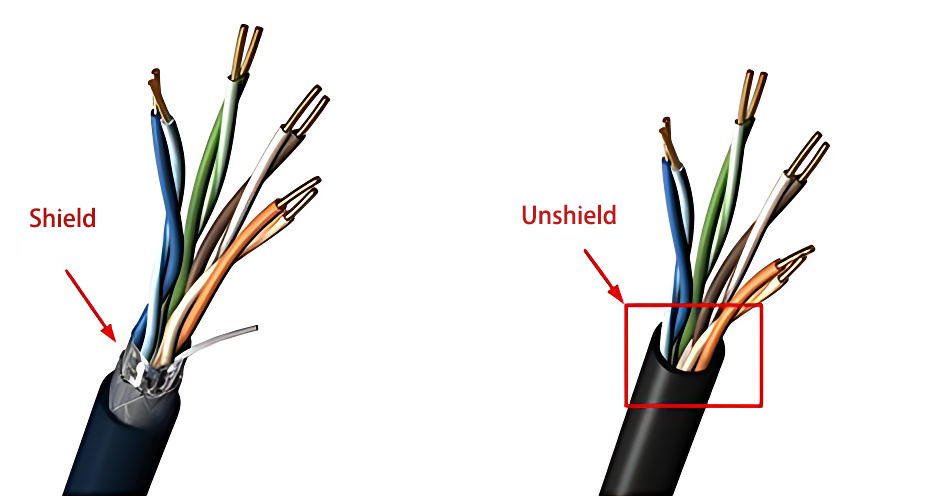
- 100BASE-T1:
This standard uses a single unshielded twisted pair (UTP) cable to deliver up to 100 Mbps. Designed for lightweight and cost-effective solutions, it’s ideal for automotive applications where minimizing cable weight is key. The single-pair design reduces EMI while maintaining signal integrity. - 1000BASE-T1:
Offering 1 Gbps speeds, this standard works with both shielded twisted pair (STP) and UTP cables. It’s perfect for high-bandwidth needs like ADAS and centralized computing. However, its higher frequency (600 MHz) requires careful shielding to combat crosstalk and EMI.
2. Multi-Gigabit Ethernet
- MultiGBASE-T1 (IEEE 802.3ch):
Supporting speeds of 2.5 Gbps, 5 Gbps, and 10 Gbps, this standard uses STP cables. It’s built for future-proofing vehicle networks, catering to autonomous driving and HD video streaming. At frequencies up to 7 GHz, shielded parallel pair wires are often necessary to minimize EMI.
3. Low-Speed Ethernet
- 10BASE-T1S:
An emerging standard delivering 10 Mbps over a single twisted pair, it supports multi-drop topologies. This reduces cabling complexity and weight, making it suitable for low-speed applications like sensors and actuators.
Connectors for Automotive Ethernet
The right connectors ensure reliable high-speed data transfer in automotive environments. Here are the most common options:
1. H-MTD (High-Speed Multi-Tip Connector)
- H-MTD connectors excel in multi-channel signal transmission, making them a top choice for infotainment, ADAS, and in-vehicle networks.
2. HSD (High-Speed Data Connector)
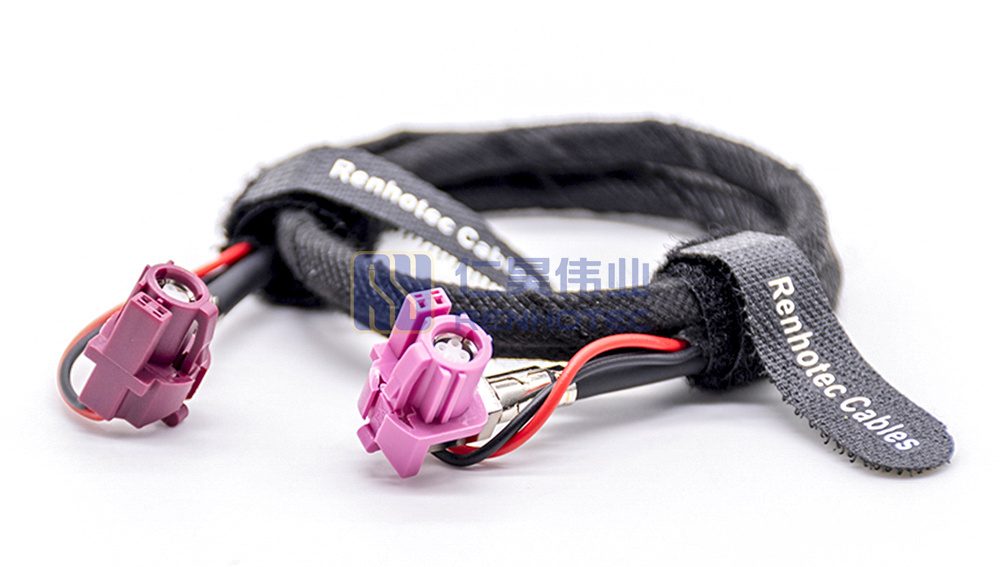
- Designed for high-frequency signals, HSD connectors prevent EMI effectively. They’re widely used in infotainment and ADAS systems.
3. MATEnet
- MATEnet connectors support large bandwidth and high-performance communication, ideal for advanced vehicle network interconnections.
Applications and Design Considerations
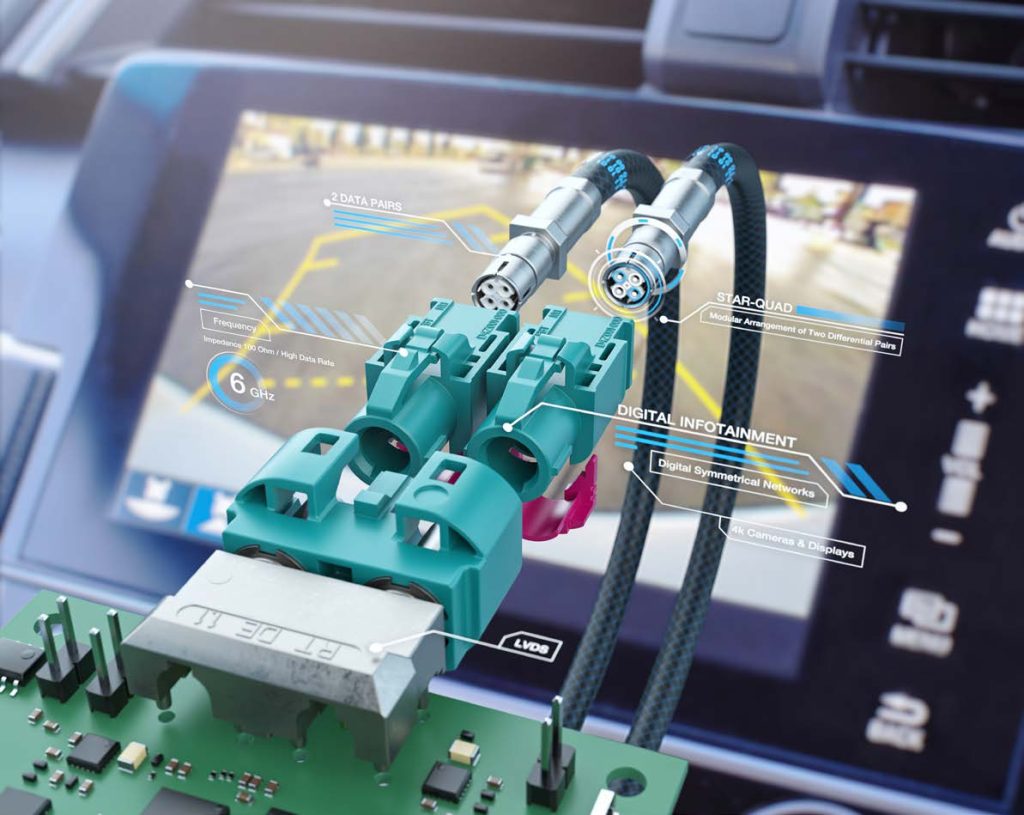
Applications of Automotive Ethernet Cables
- Infotainment Systems: Enable fast data transfer between central units and displays.
- ADAS: Connect critical sensors like cameras, radar, and lidar.
- Centralized Computing: Handle high-speed data aggregation and processing.
Key Design Considerations
- EMI and Signal Integrity: Shielded cables and connectors are essential to combat interference in noisy automotive environments.
- Weight and Cost: Single-pair cables like 100BASE-T1 and 10BASE-T1S offer lightweight, affordable options.
- Future-Proofing: MultiGBASE-T1 meets growing data demands for next-gen vehicle architectures.
Why Automotive Ethernet Matters
Automotive Ethernet cables provide a scalable, versatile solution for modern vehicle networks. Whether it’s supporting low-speed sensors or high-bandwidth autonomous systems, the right cable and connector choice balances data rate, cost, weight, and EMI resistance. As vehicle technology evolves, standards like MultiGBASE-T1 ensure networks are ready for the future of connected and autonomous driving.
Customized Solutions from Renhotec
Looking for tailored wiring harness solutions? Renhotec offers replacement and original connectors and cables, backed by a multi-channel supply chain for faster delivery. Our professional engineering team provides expert design advice, supporting customized requirements for various connector brands.

